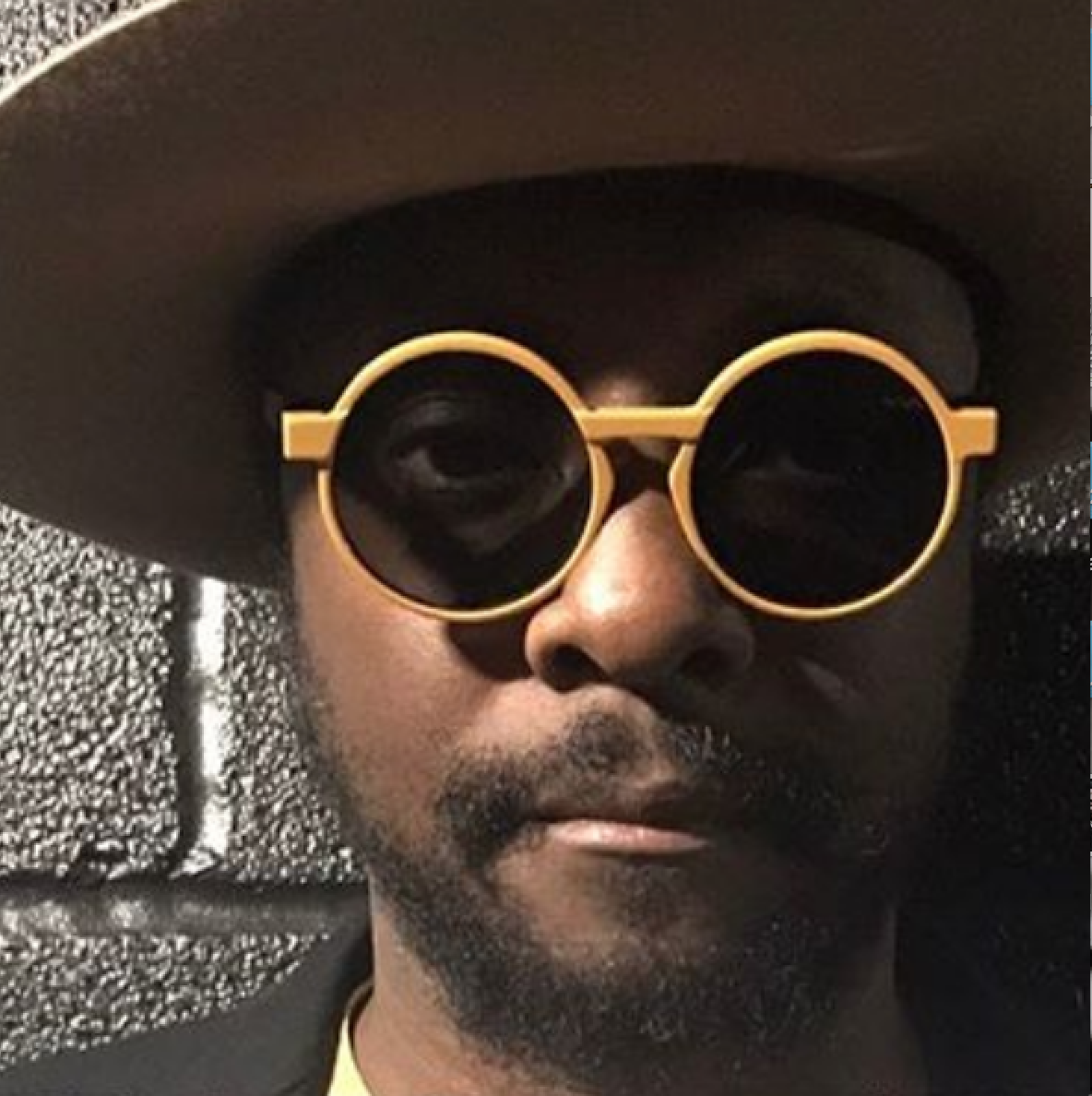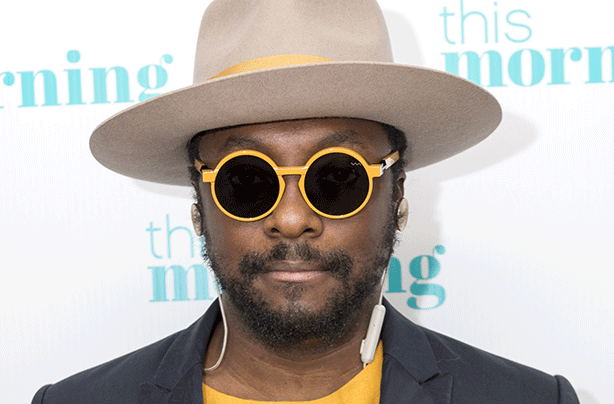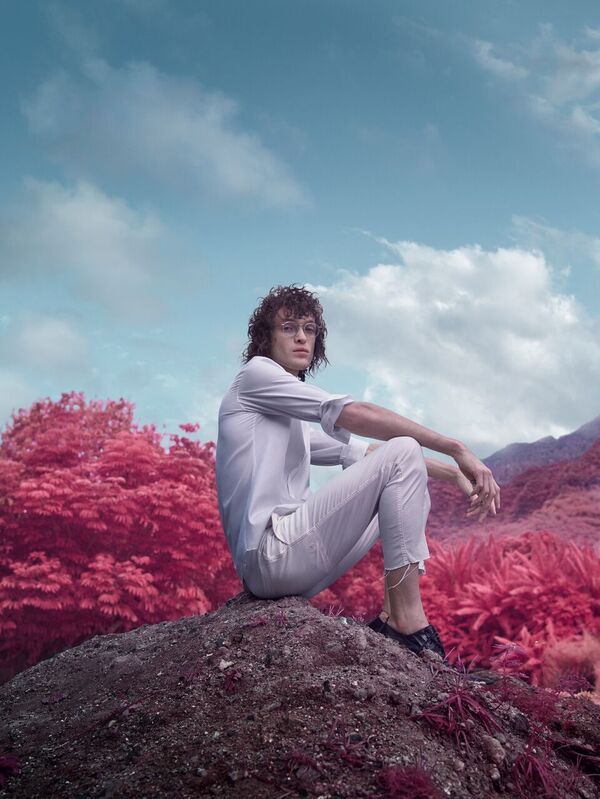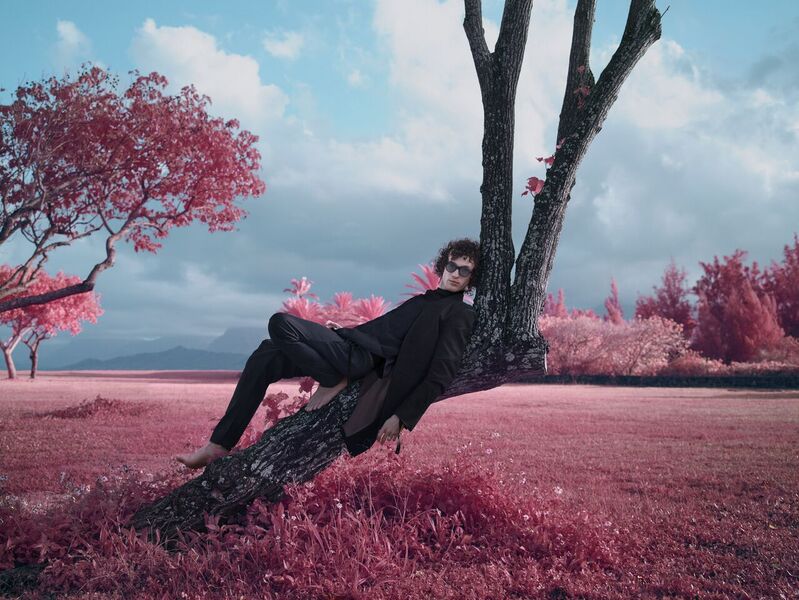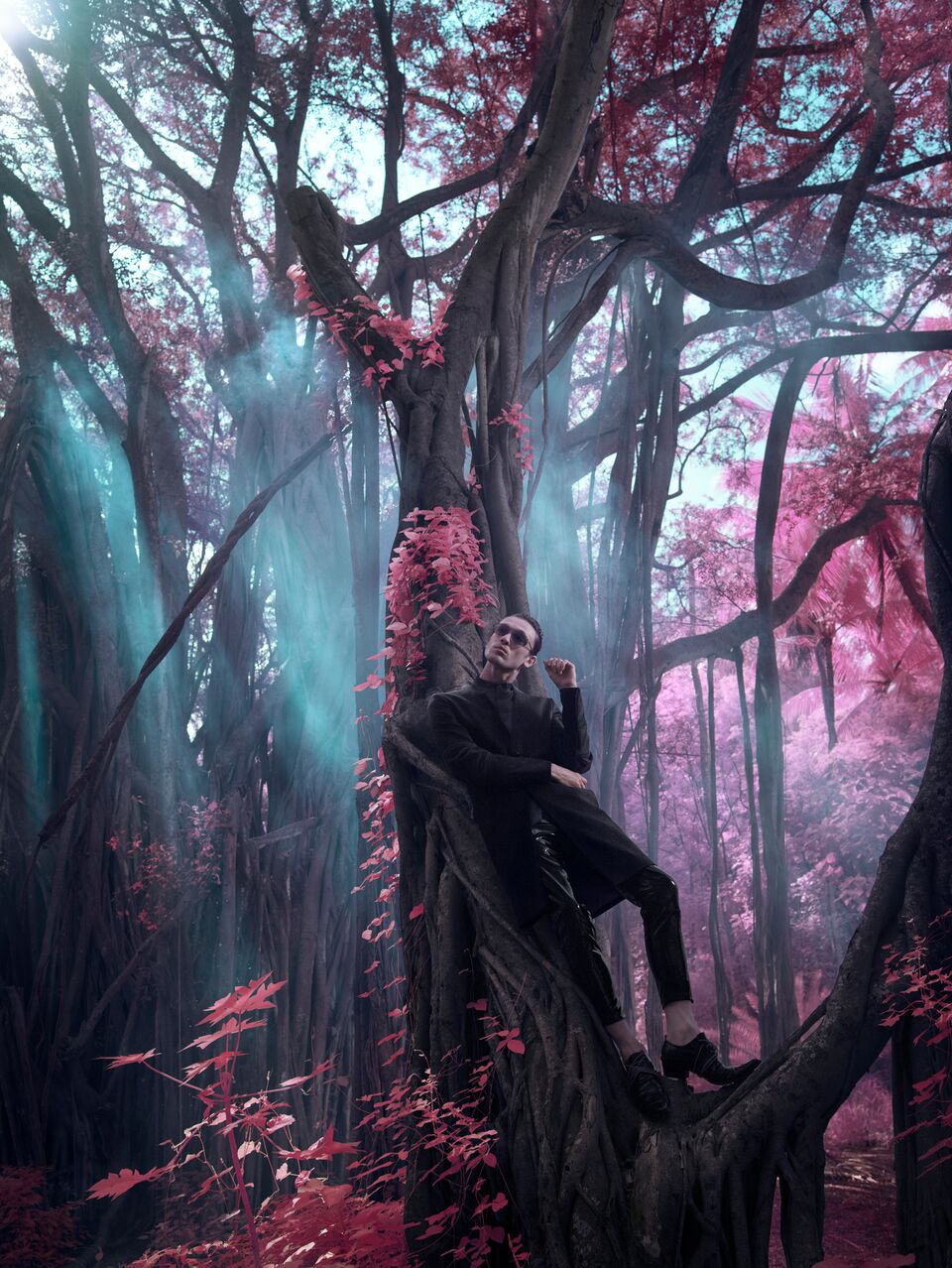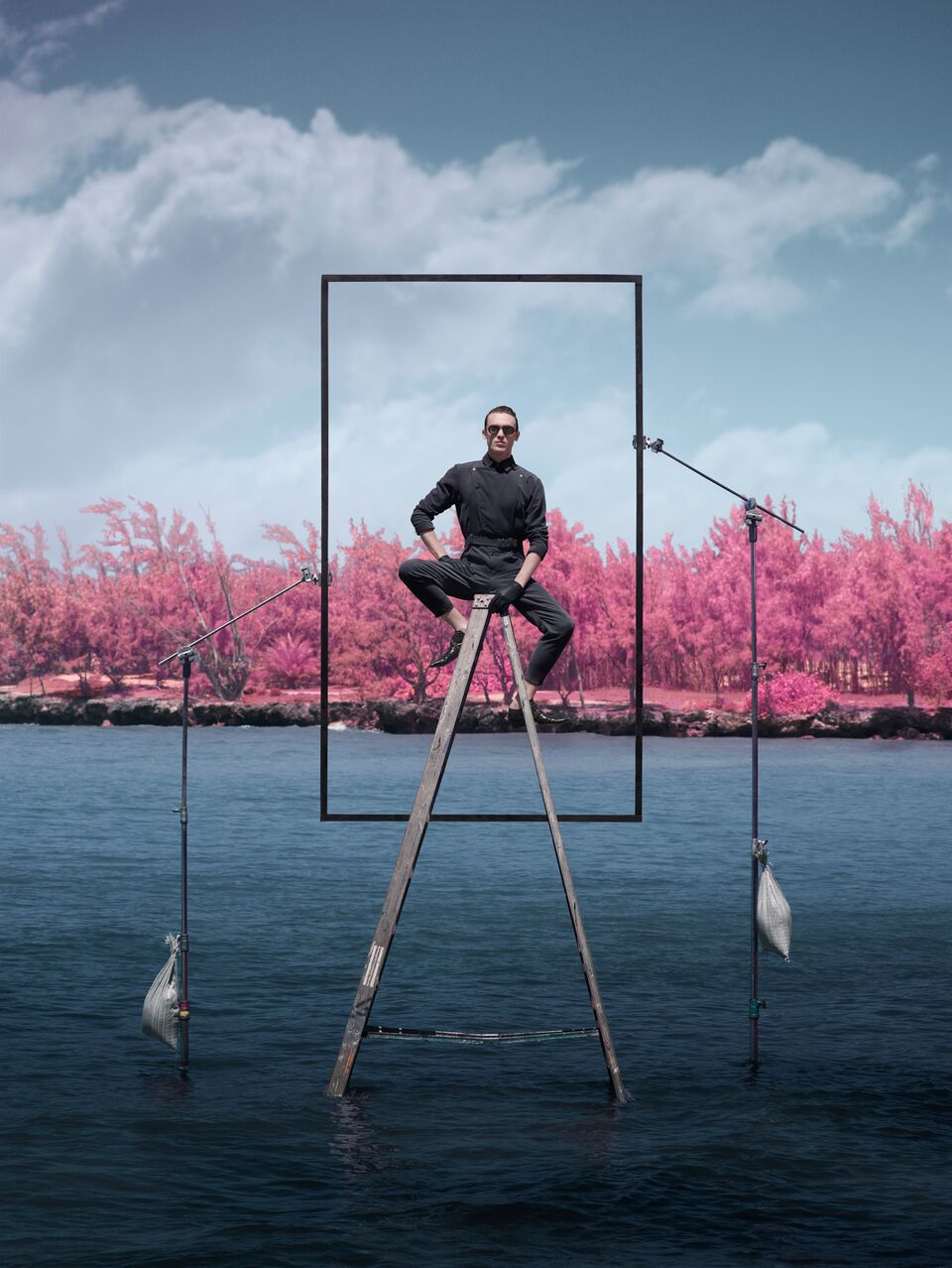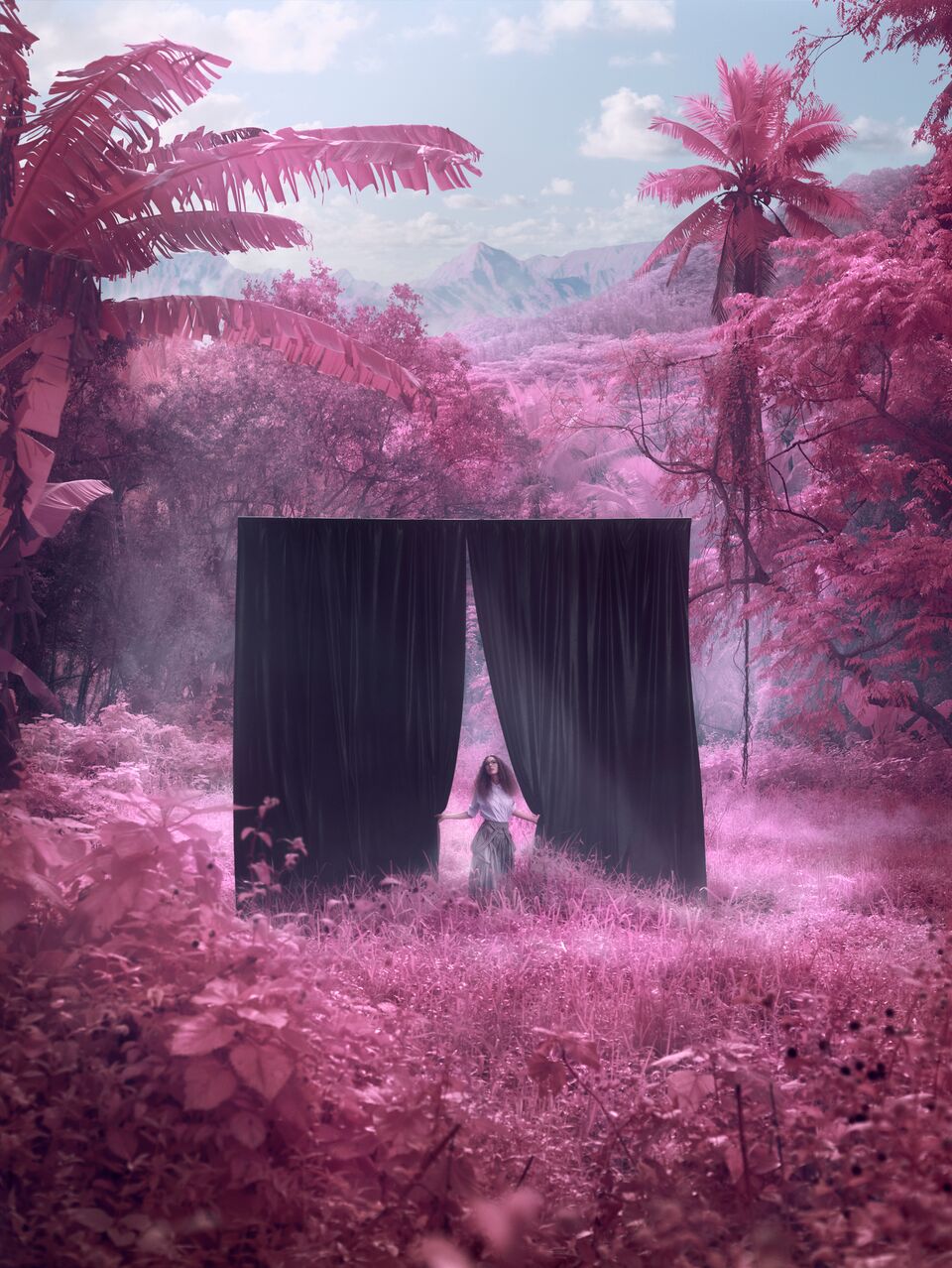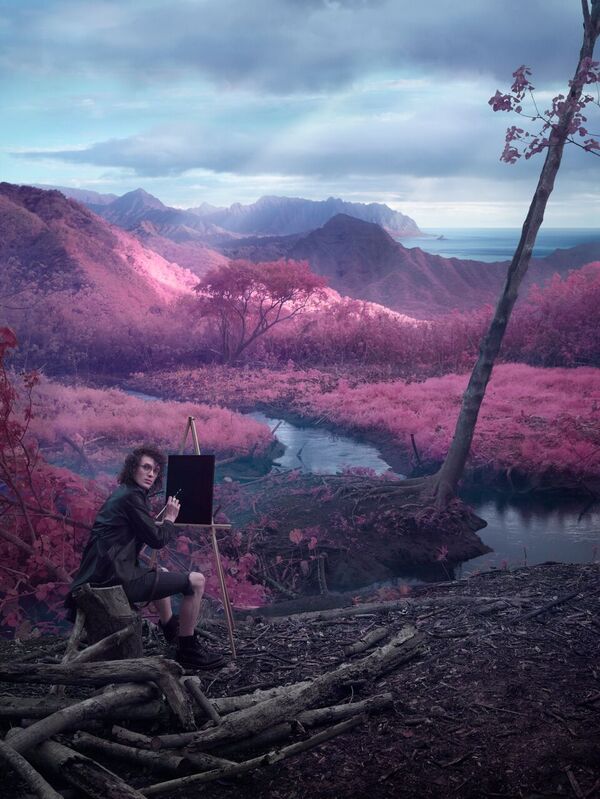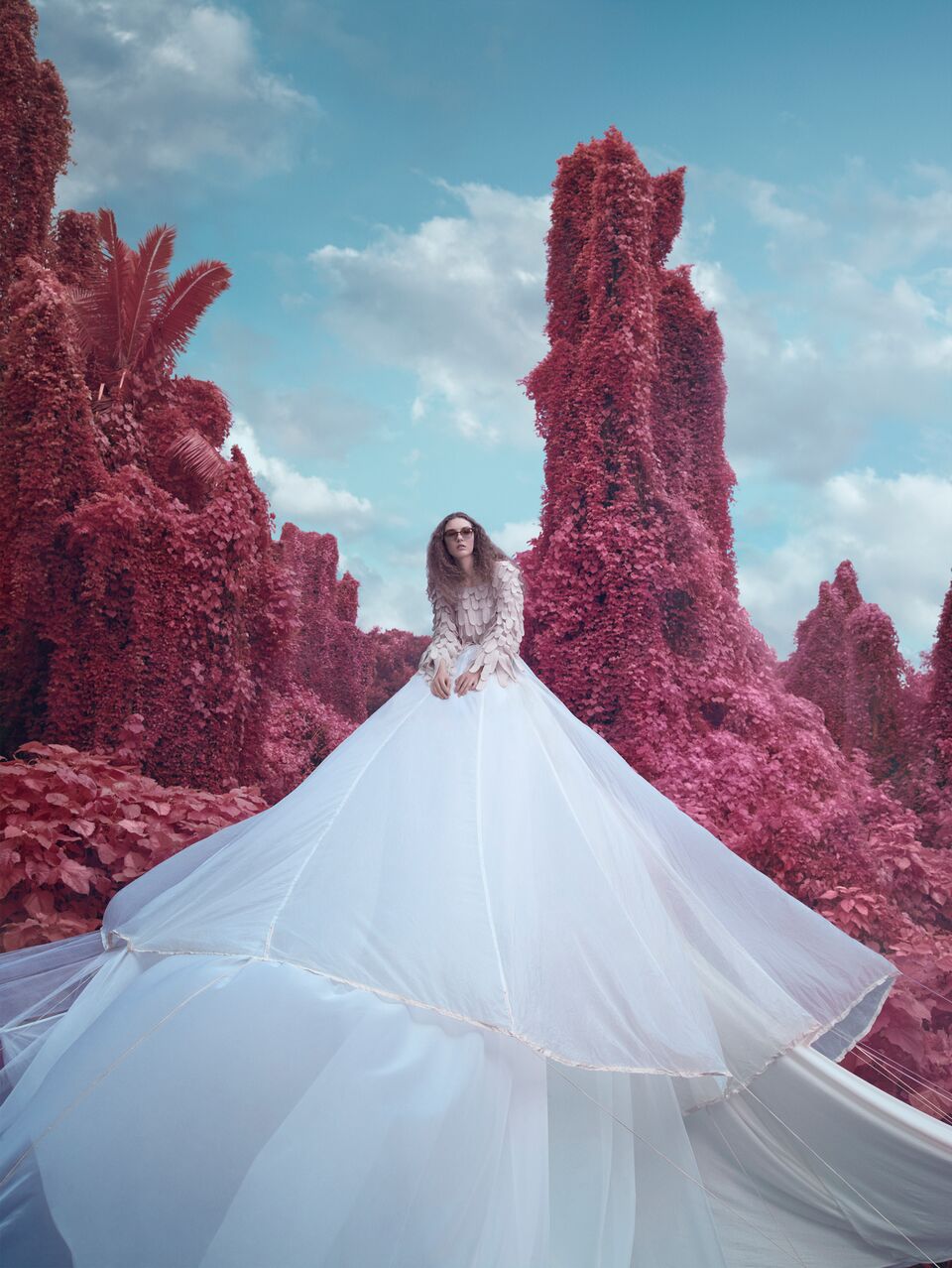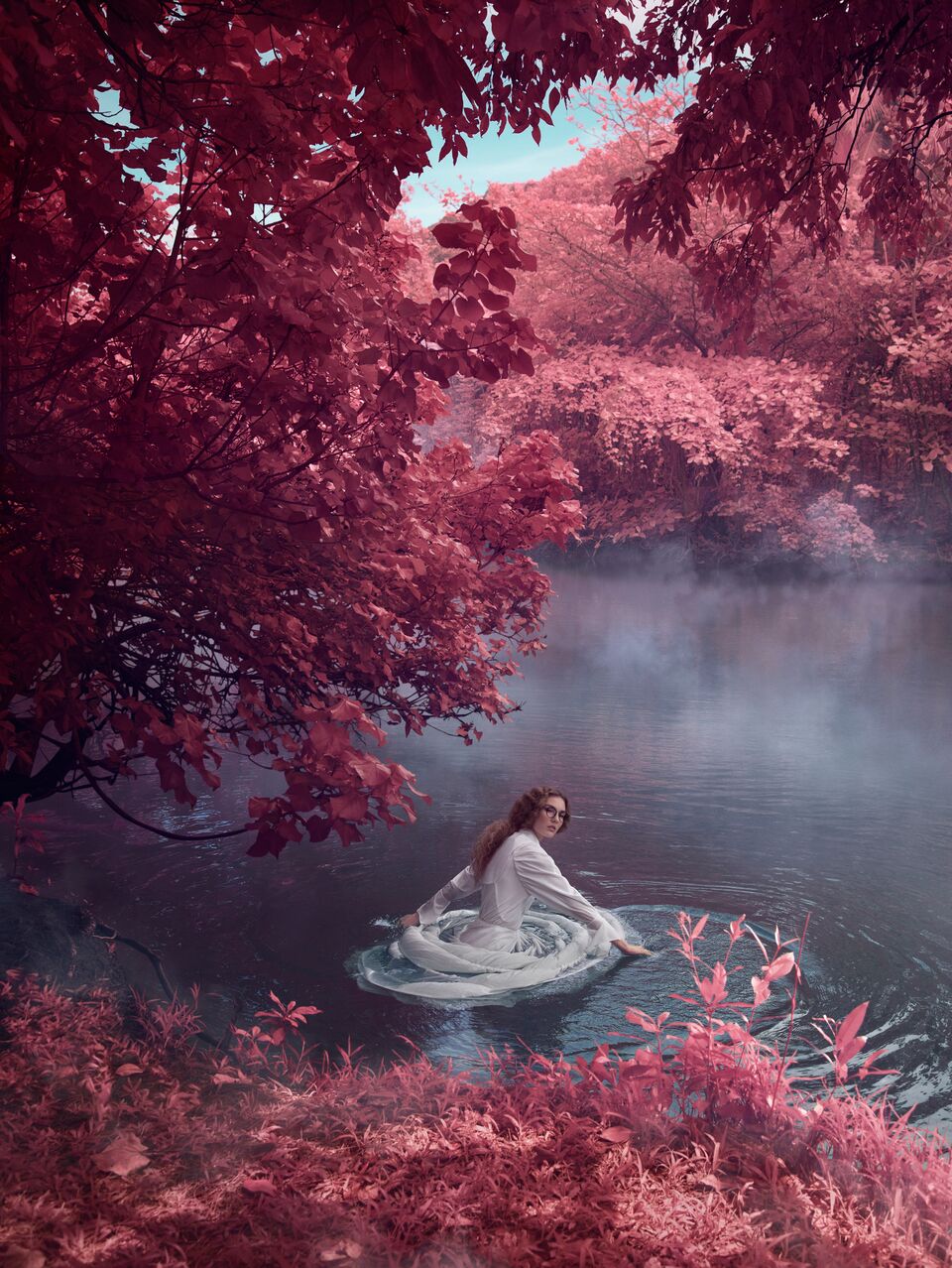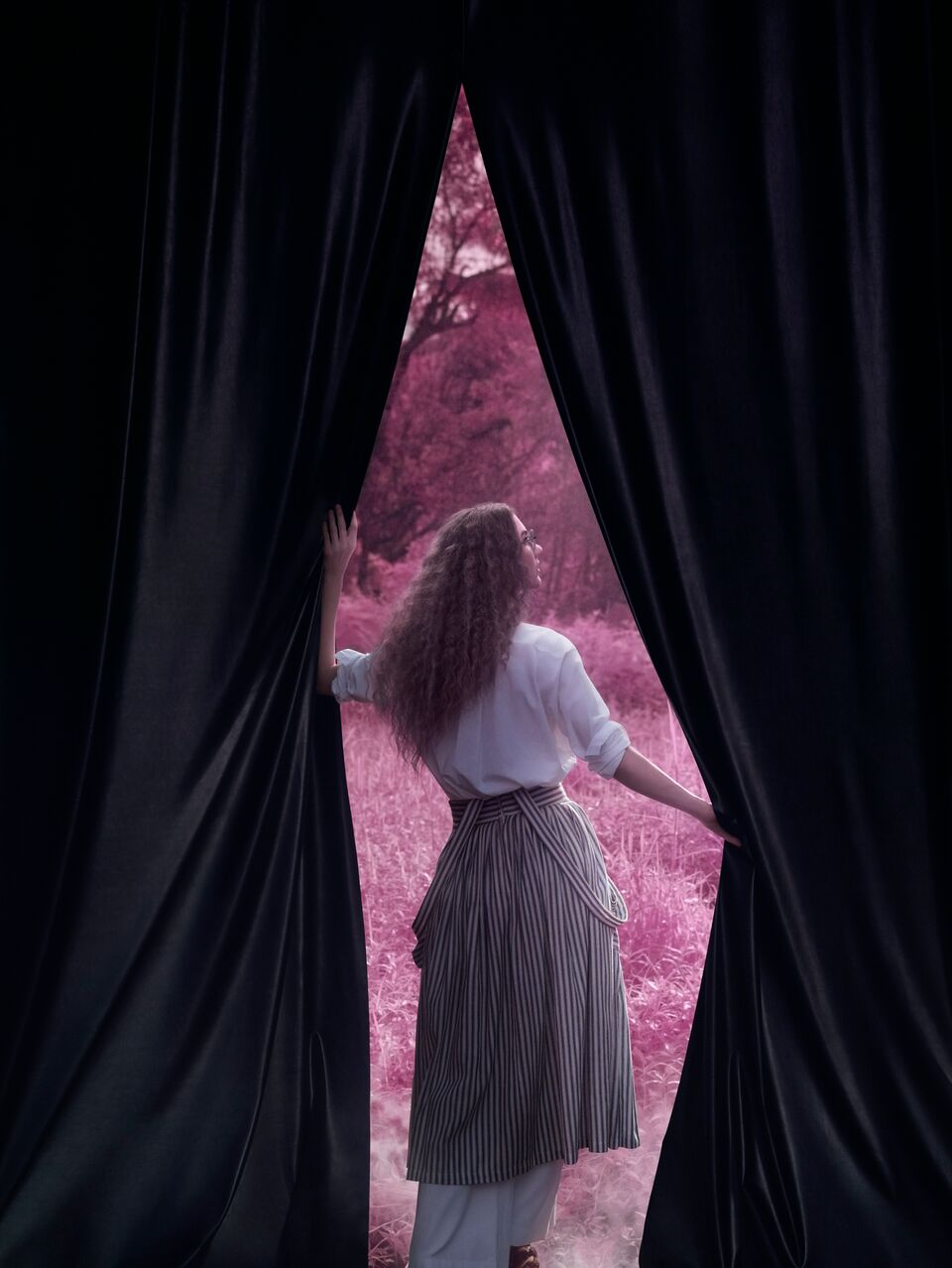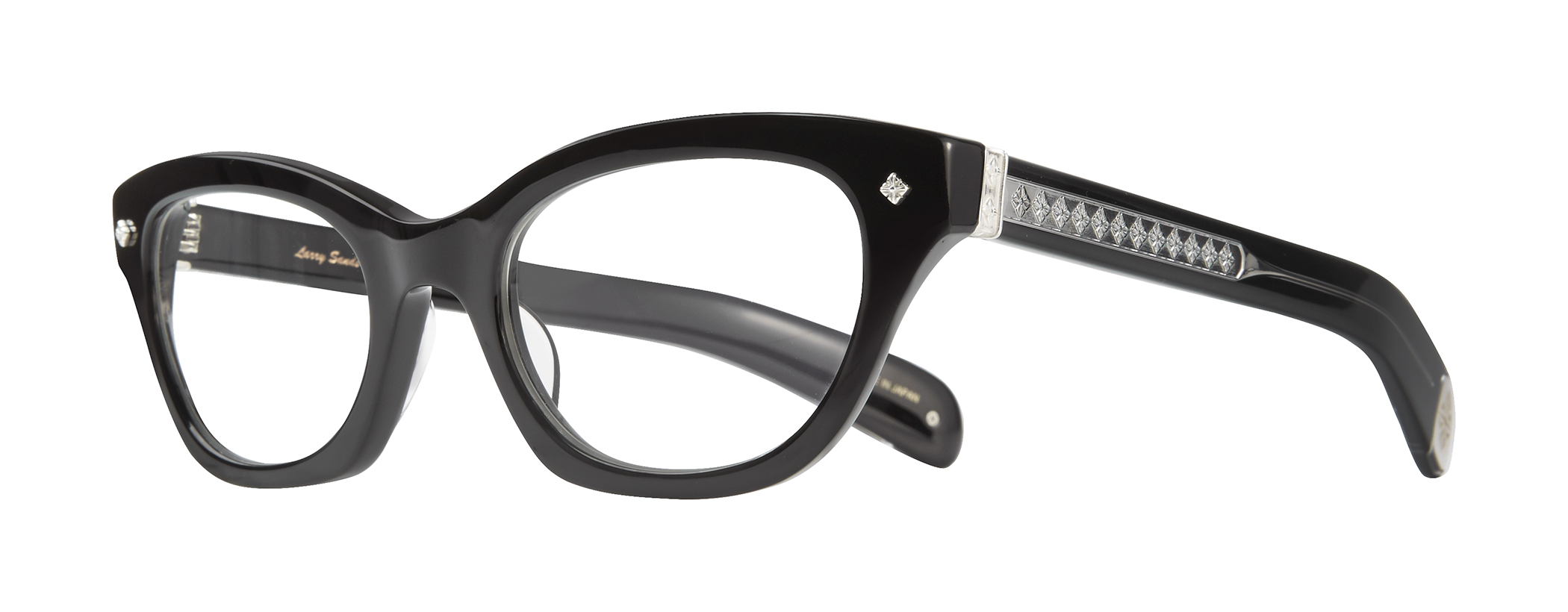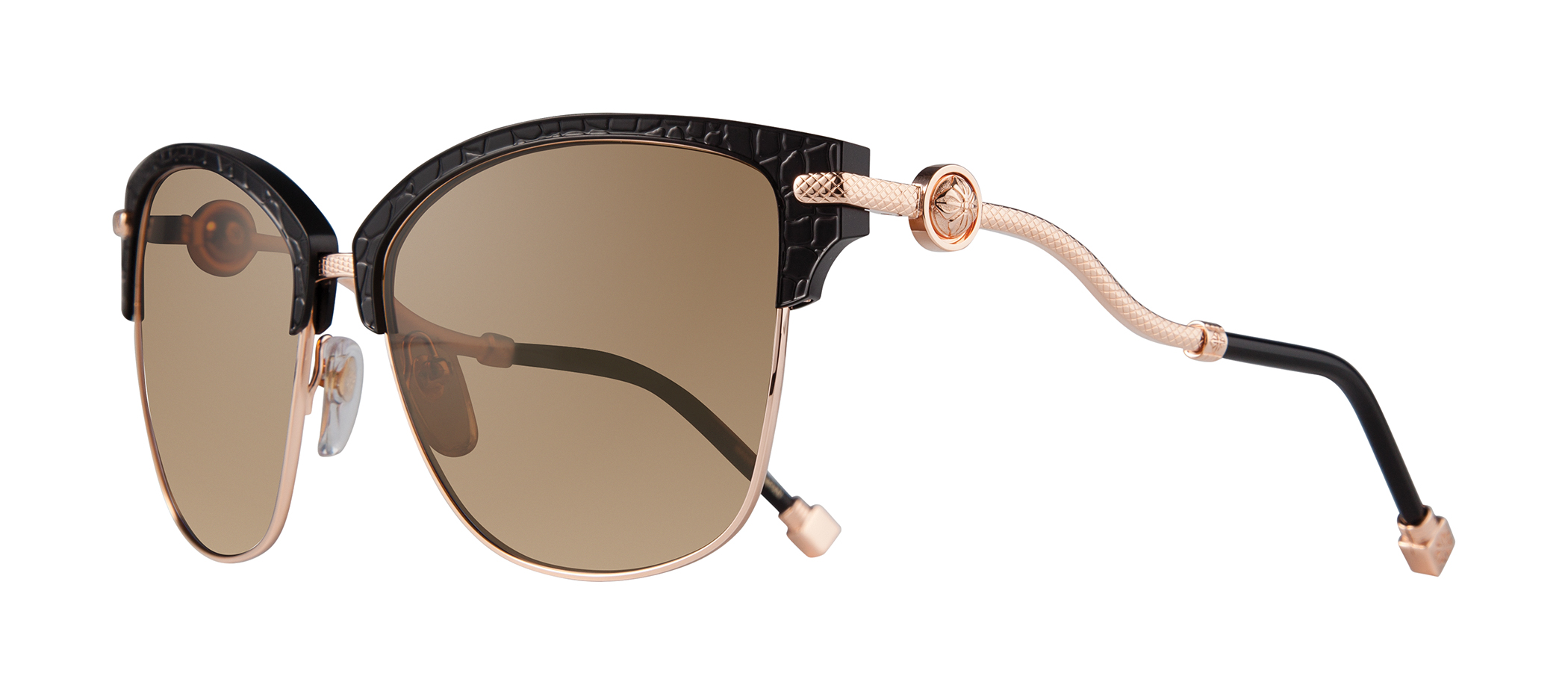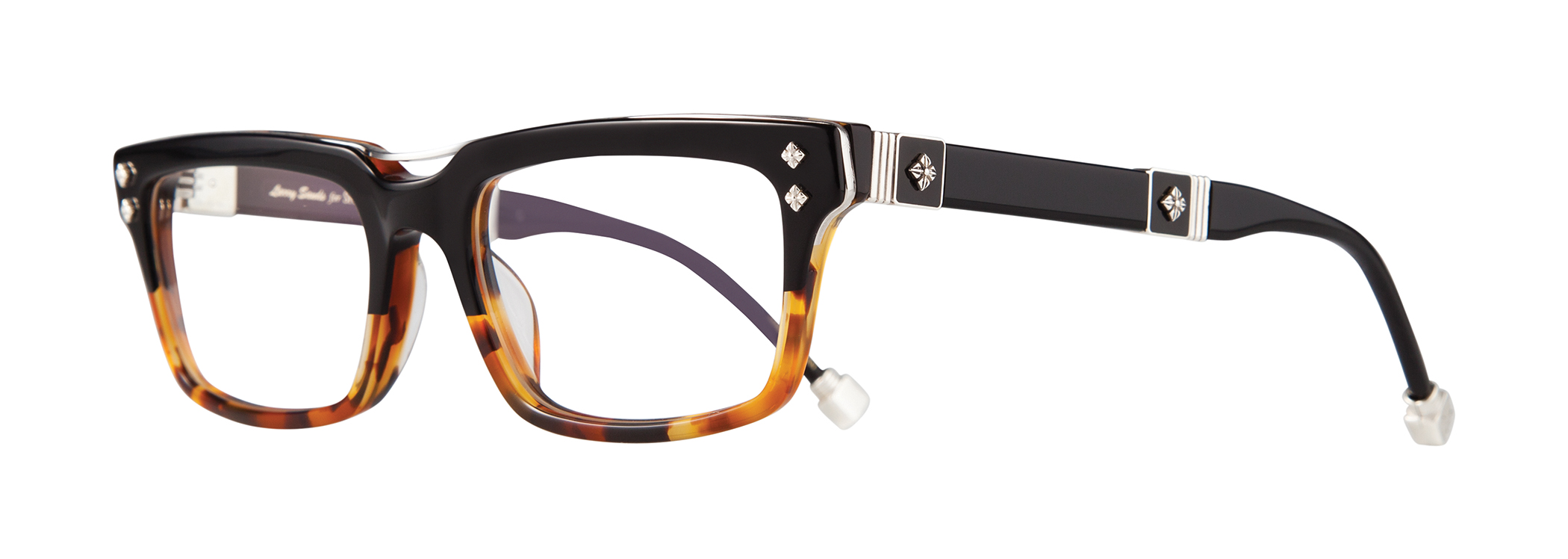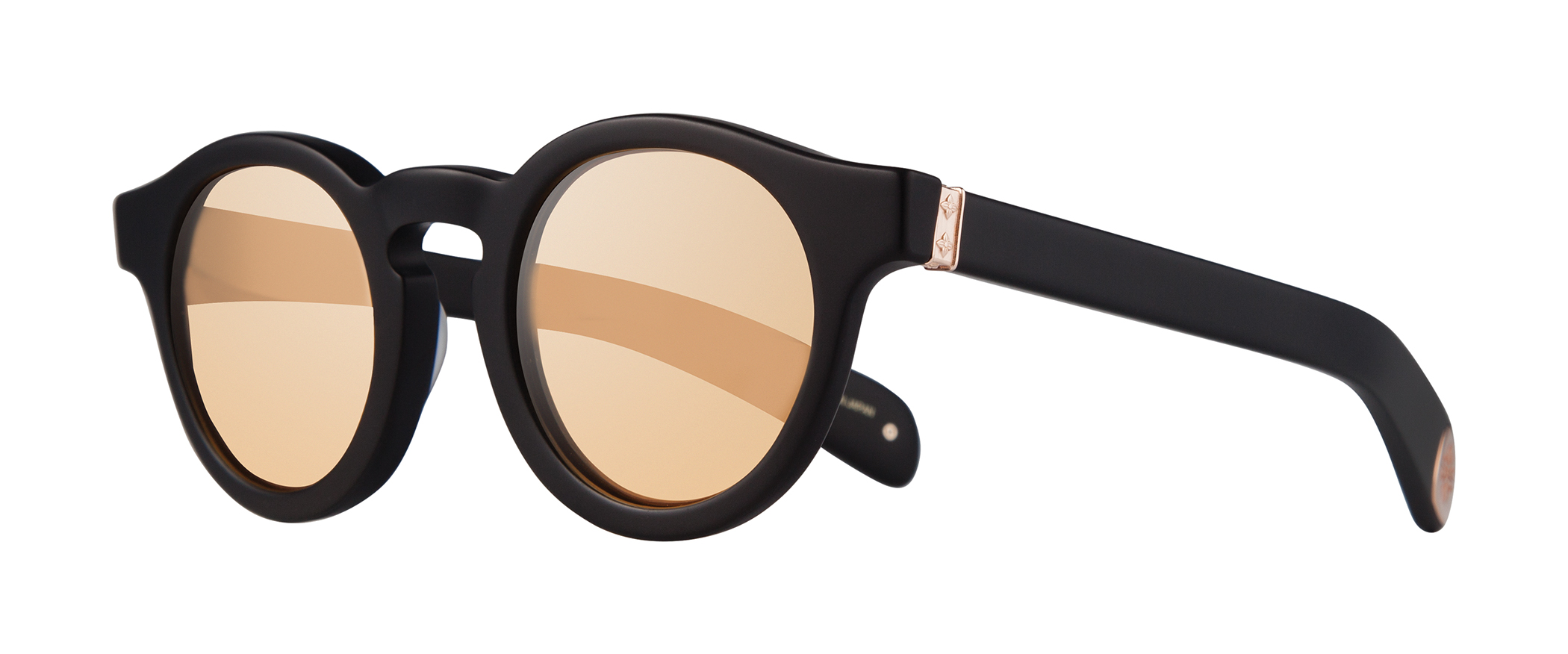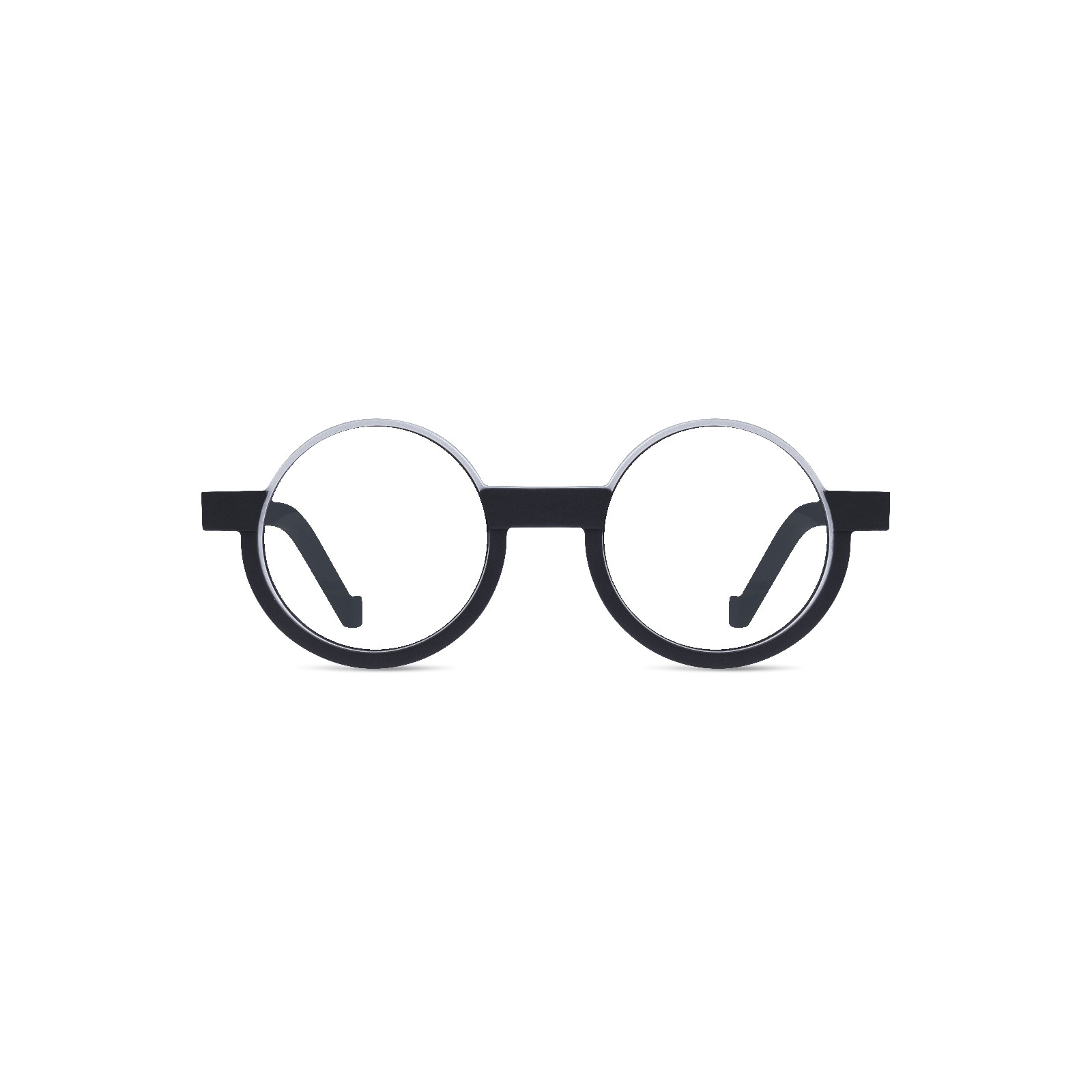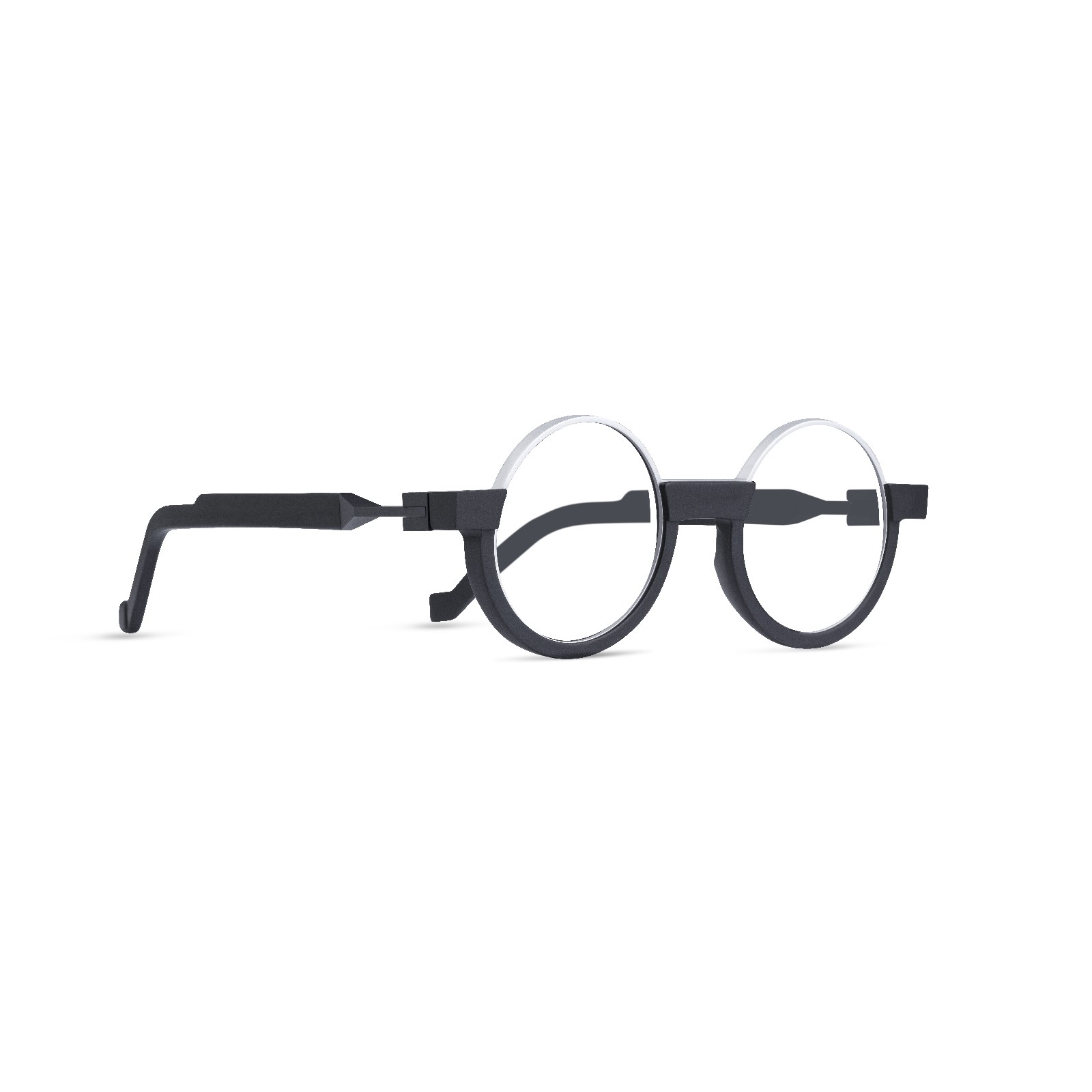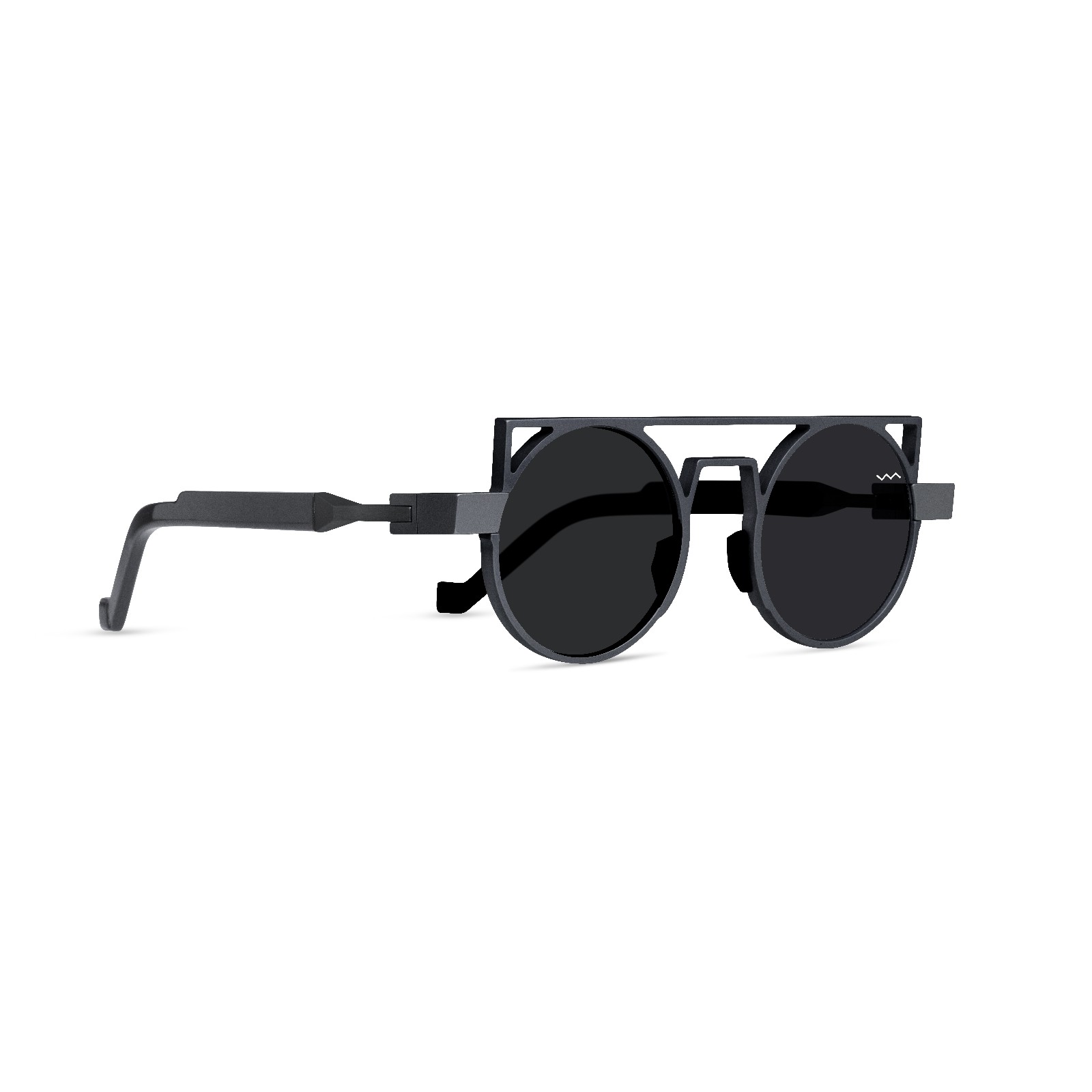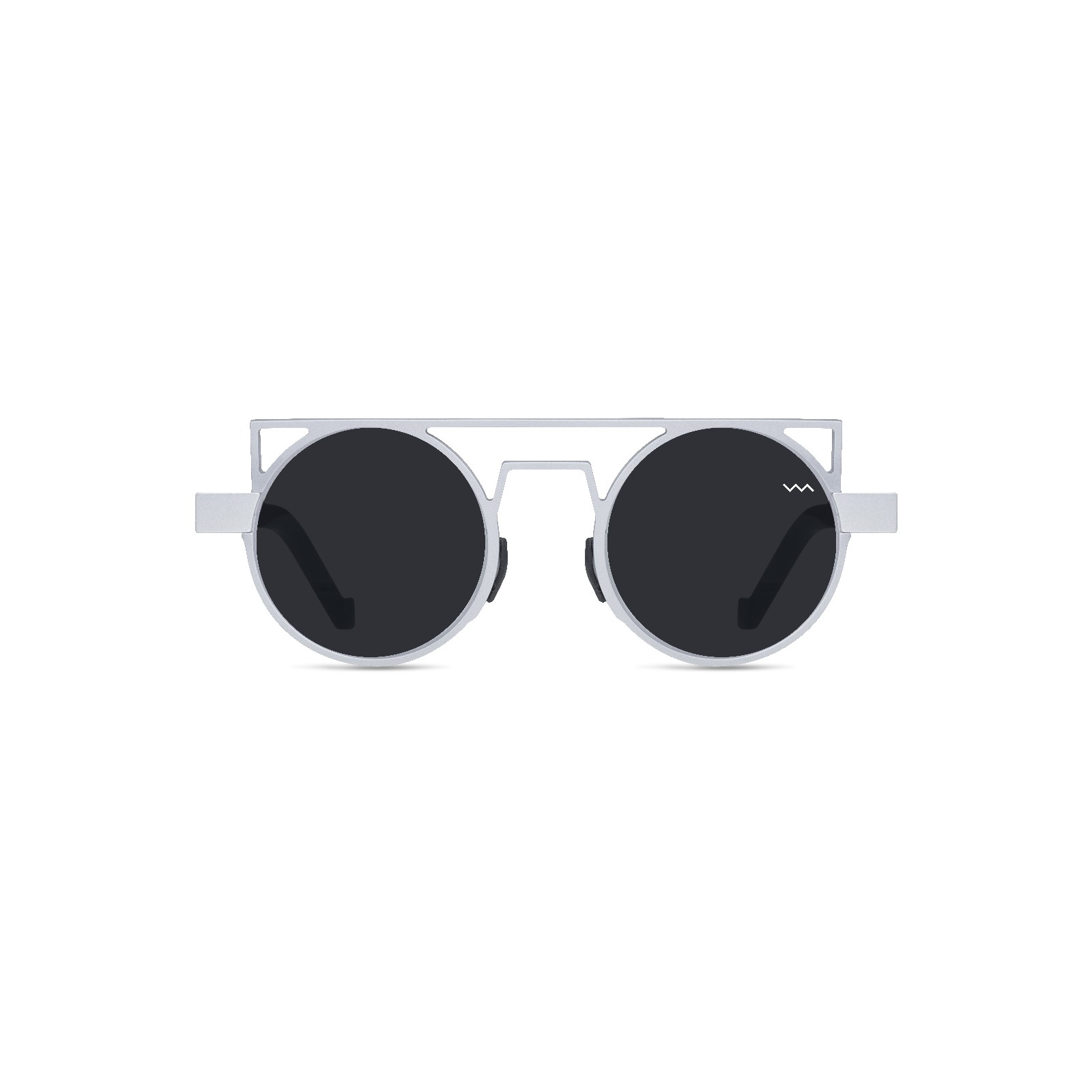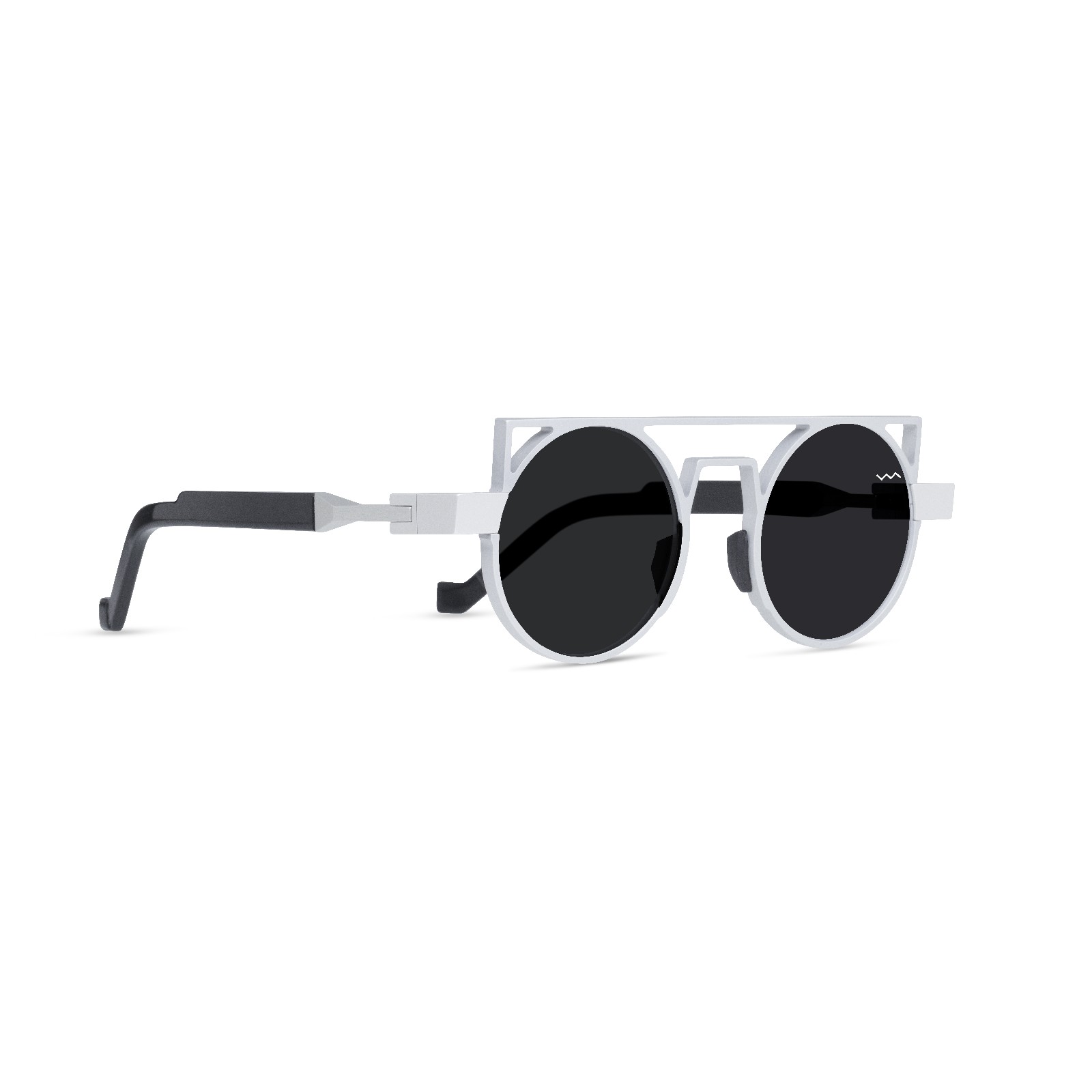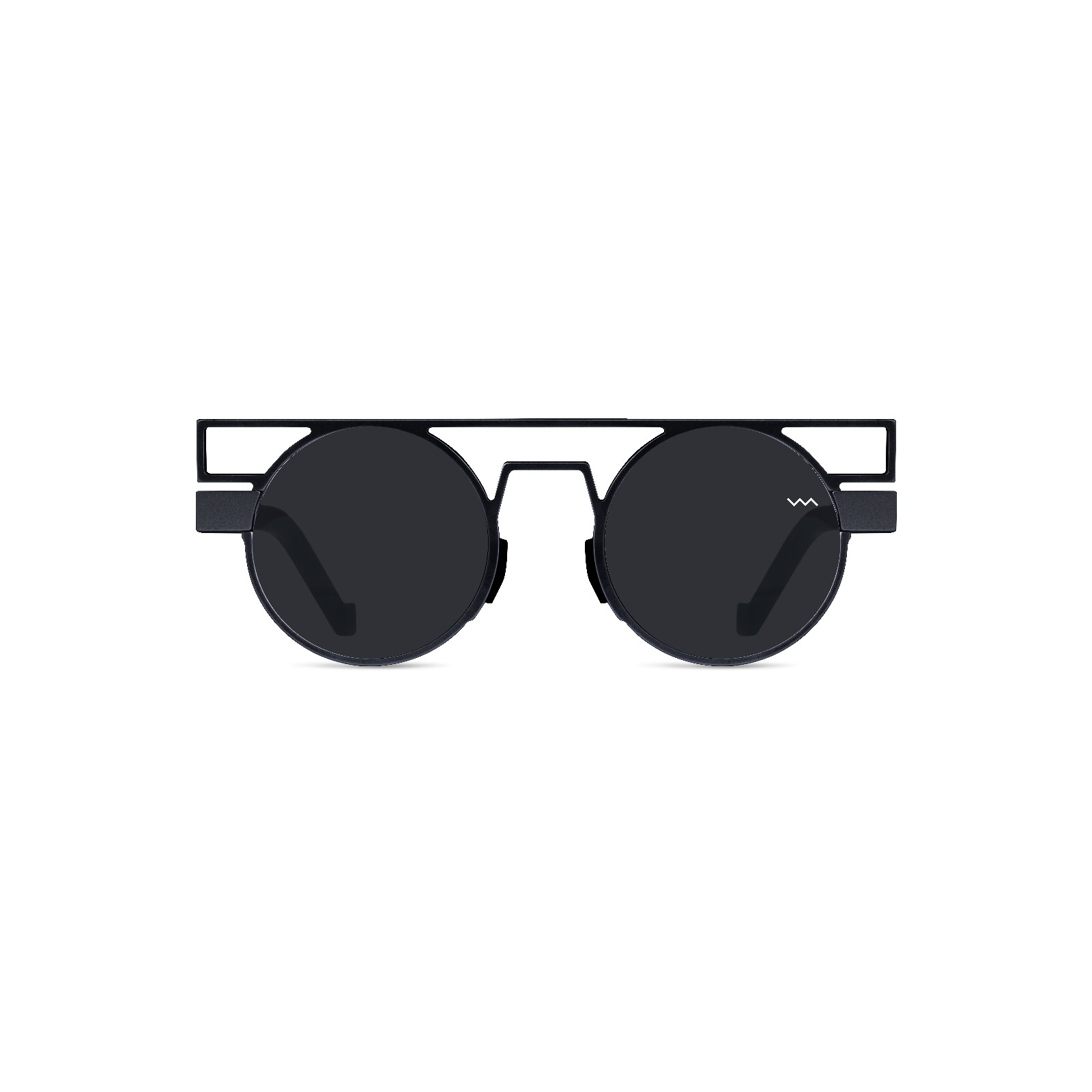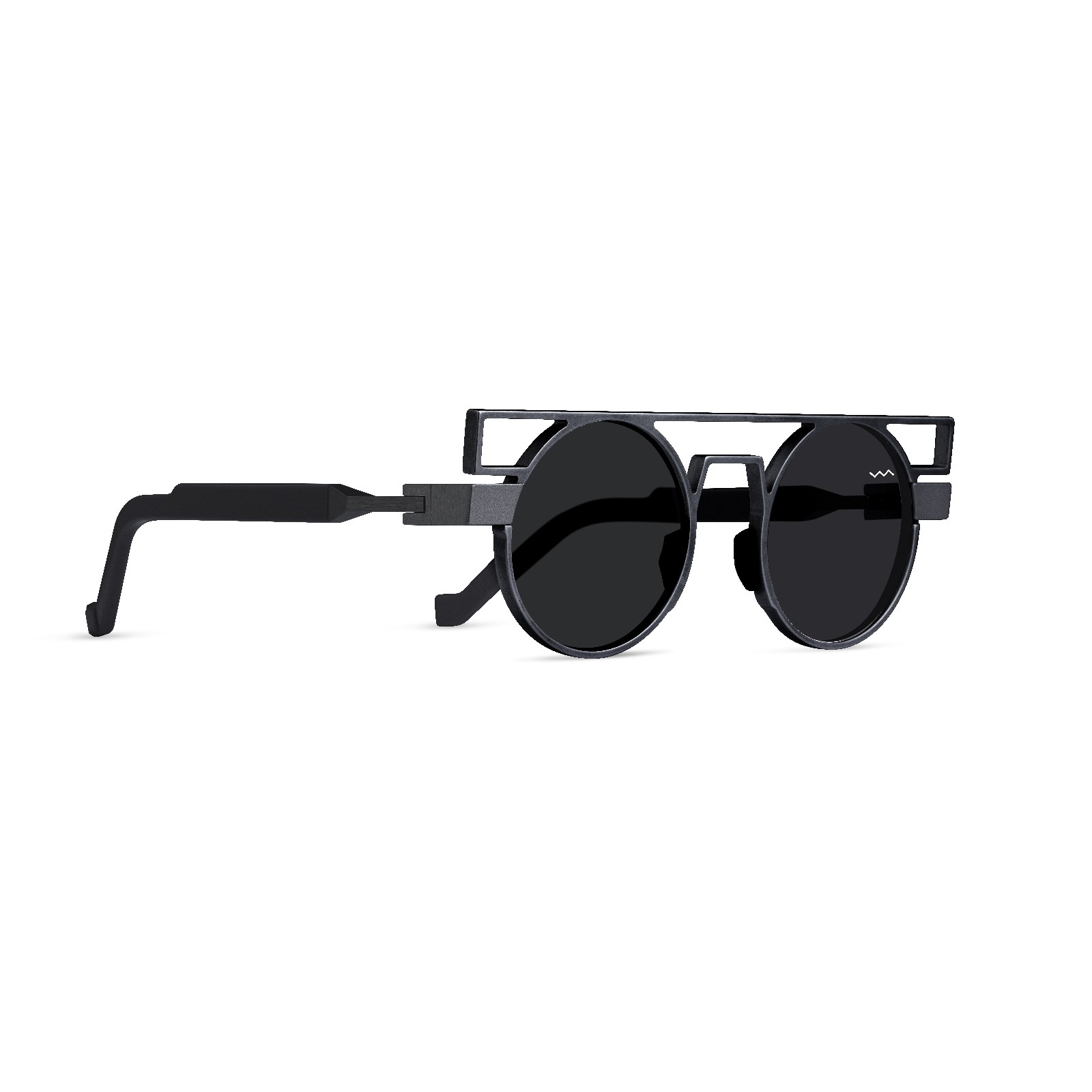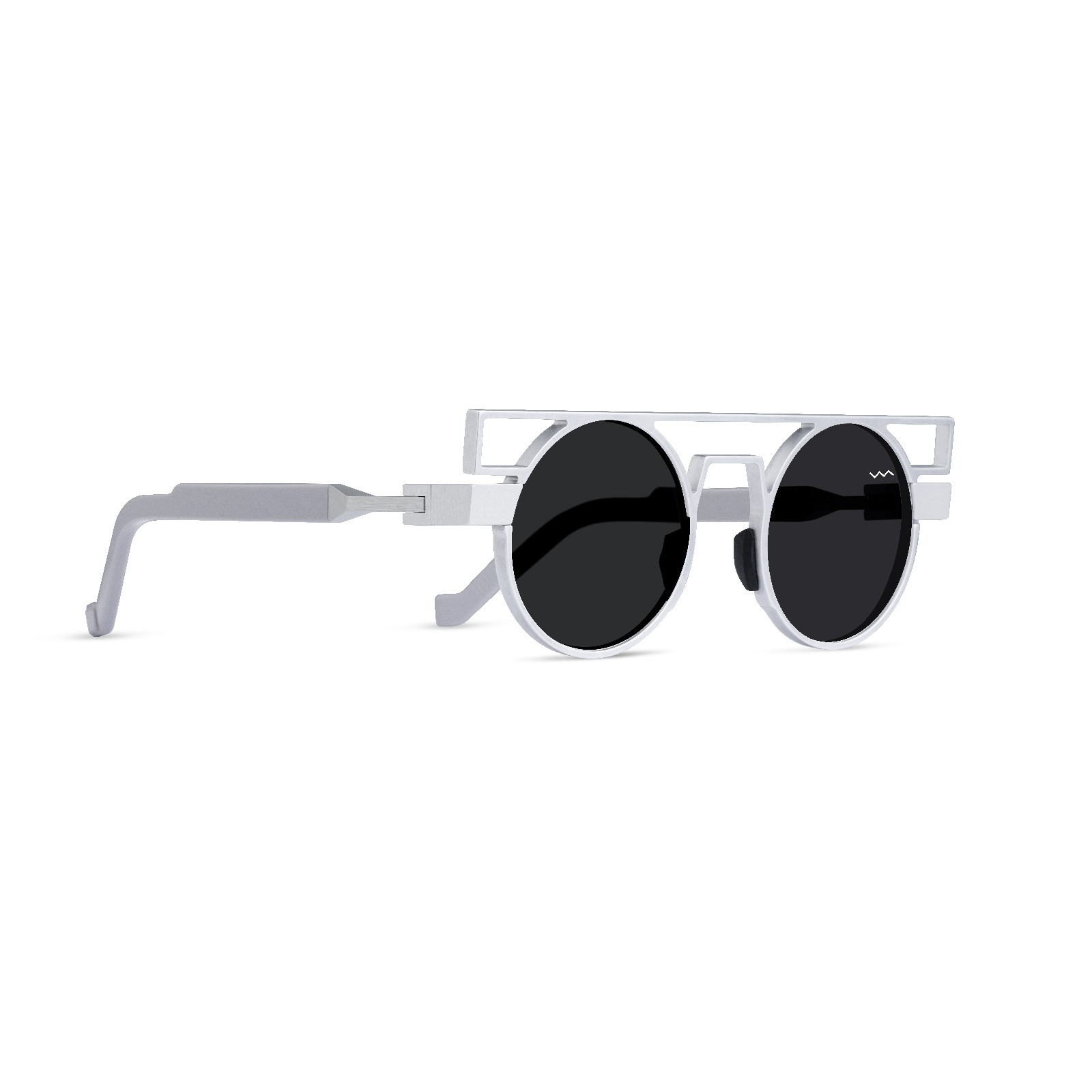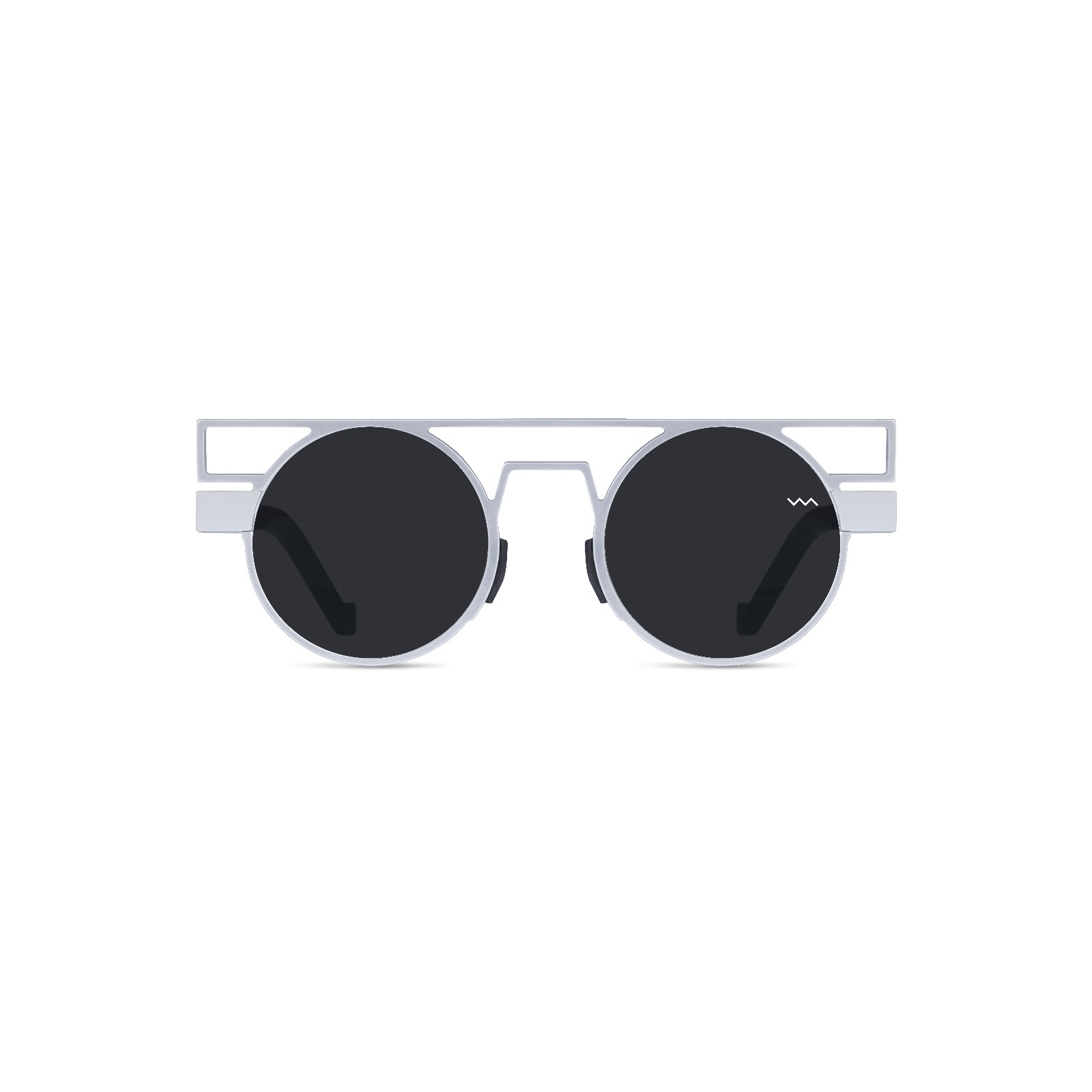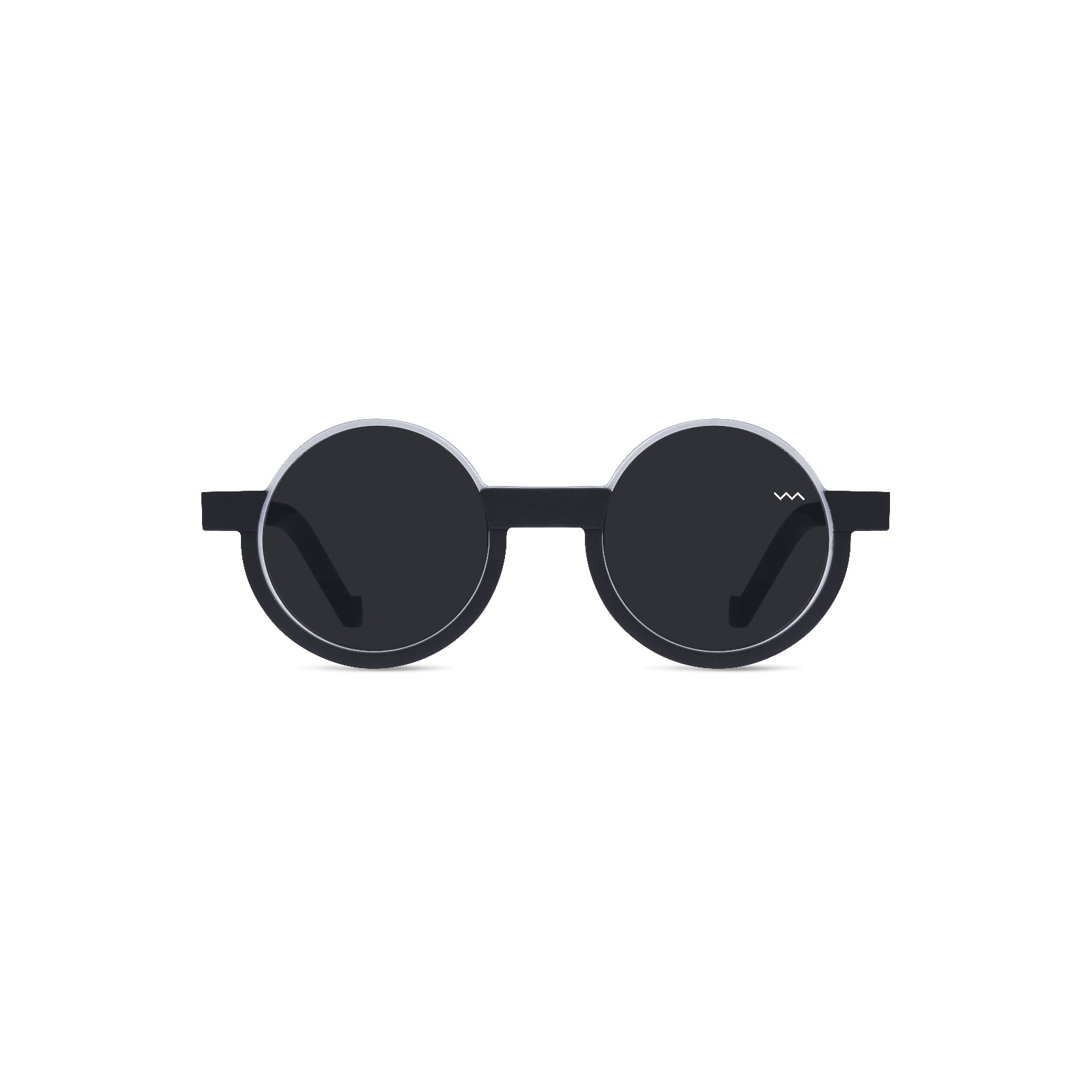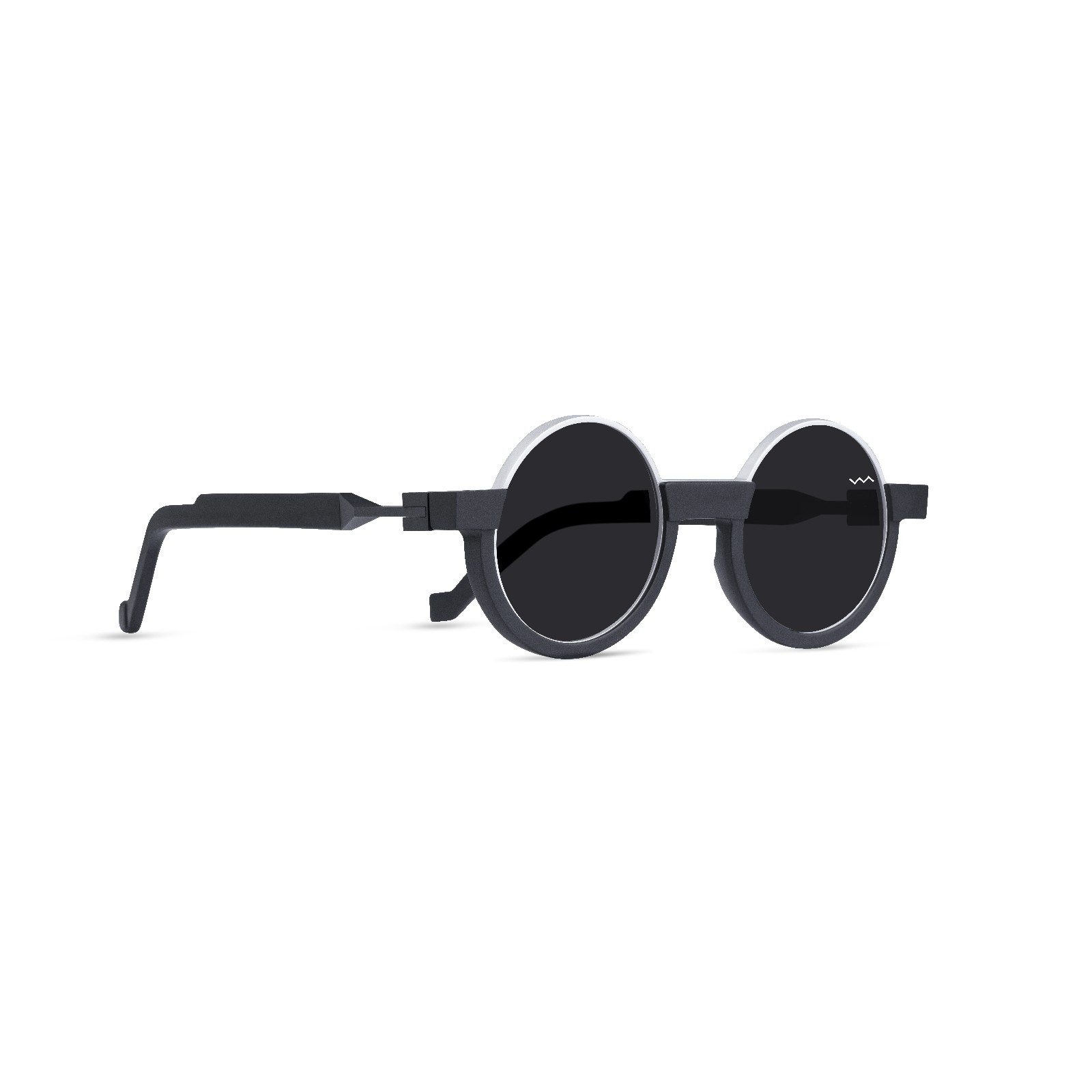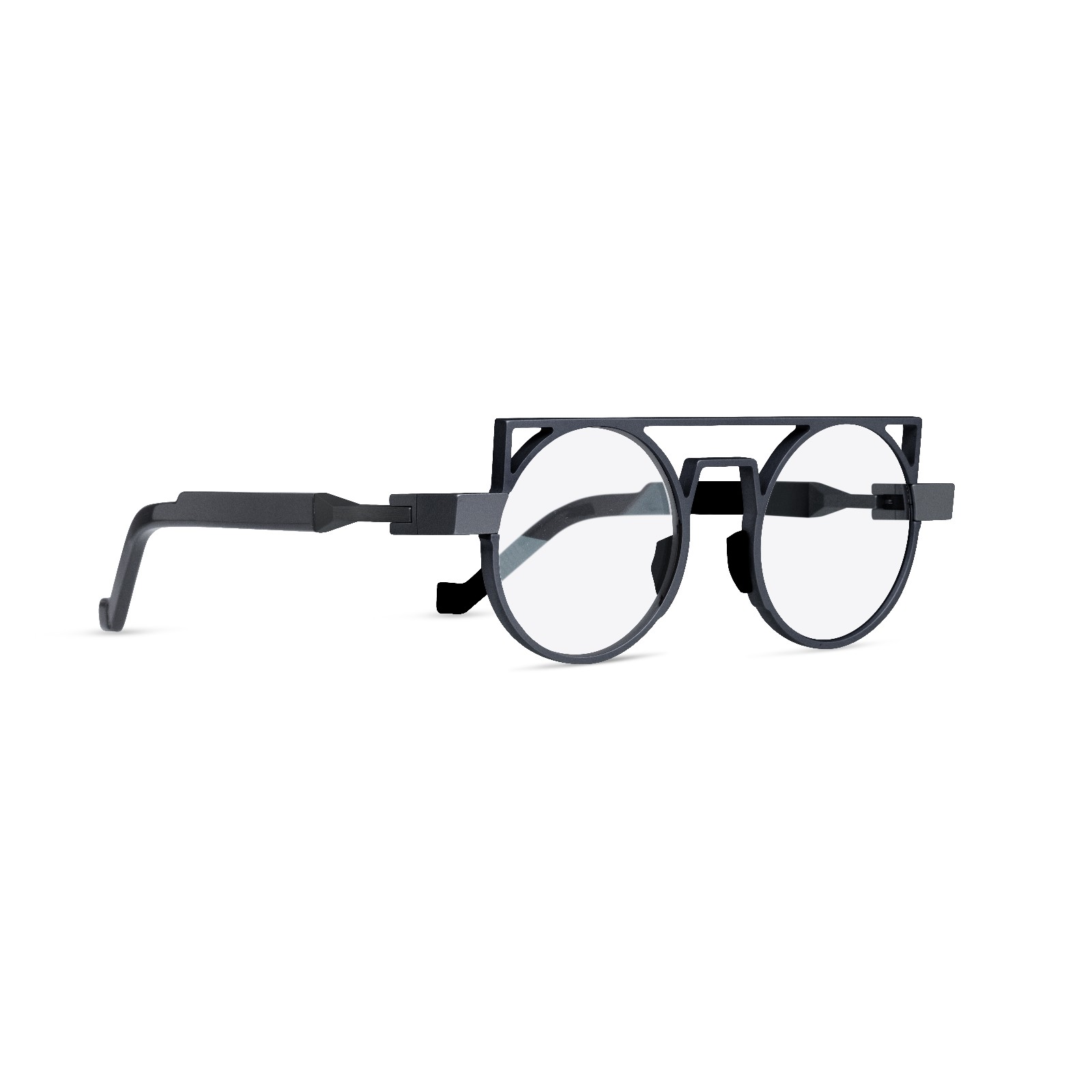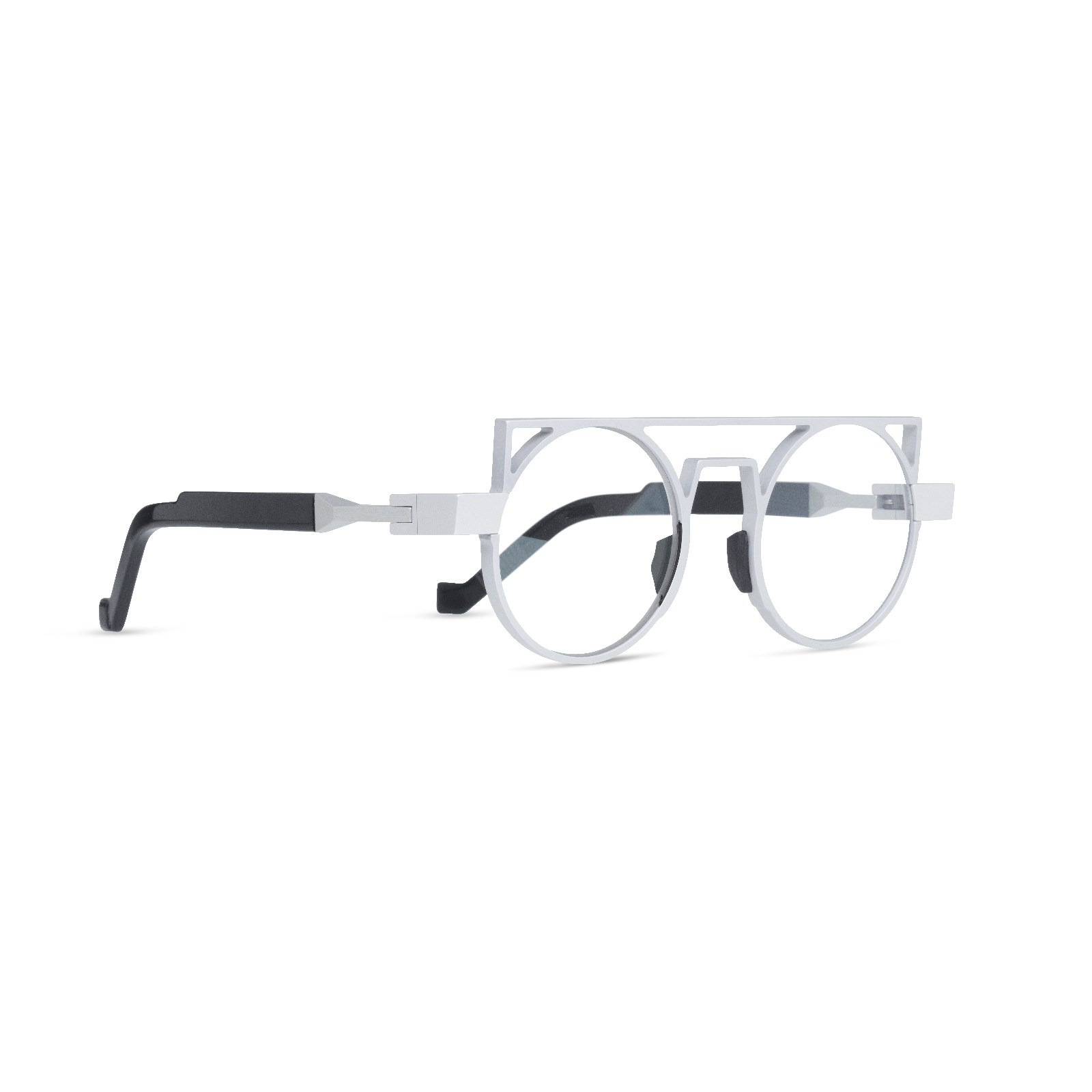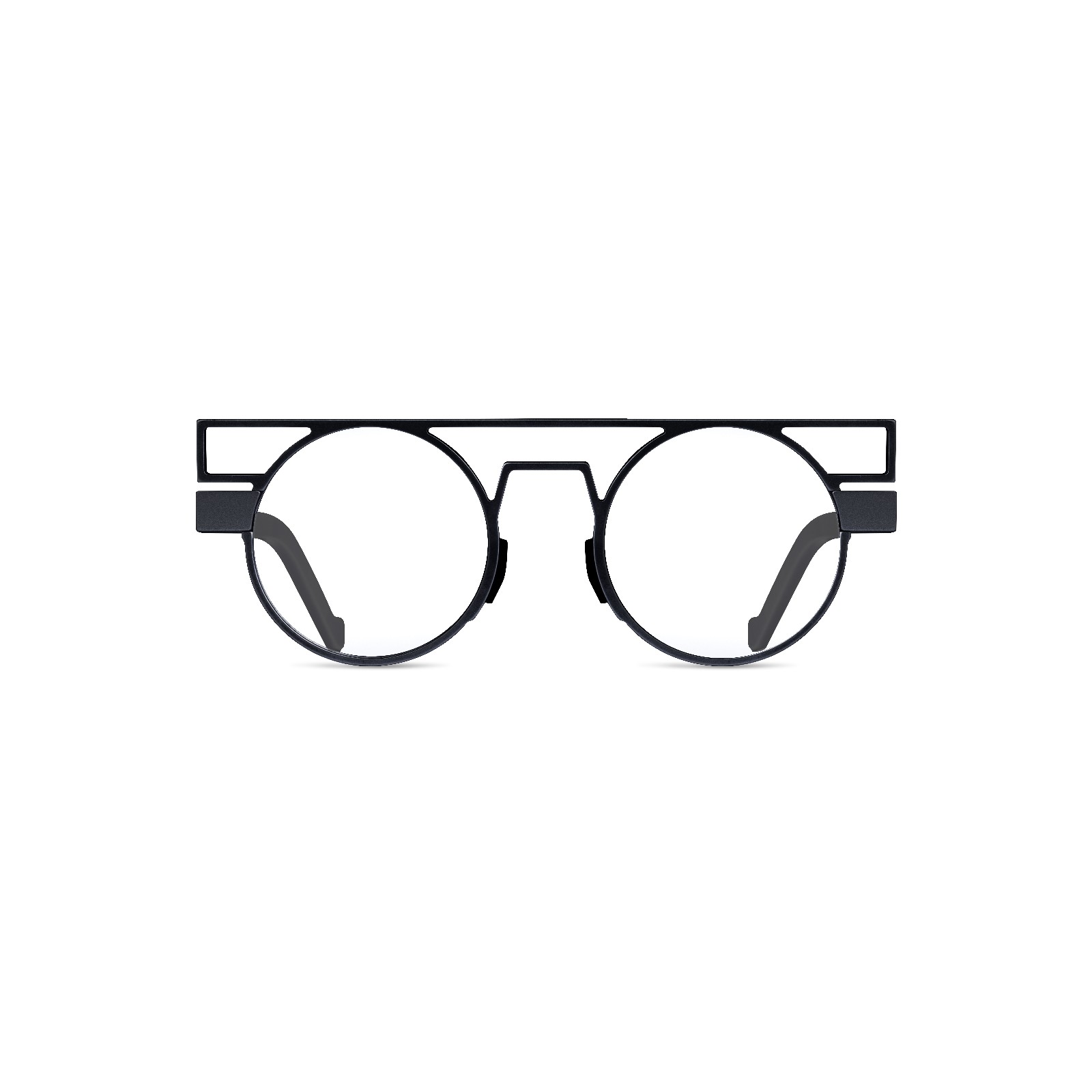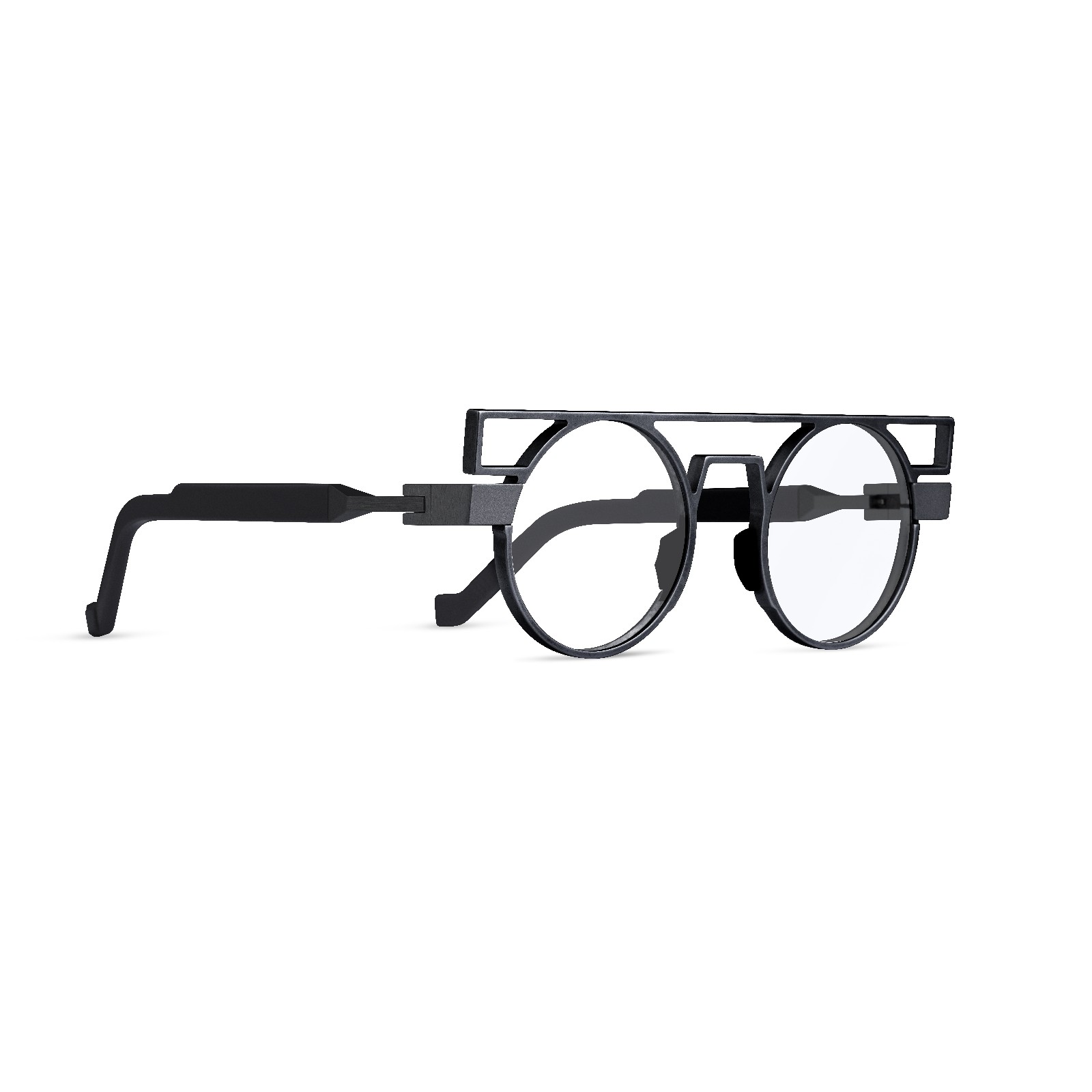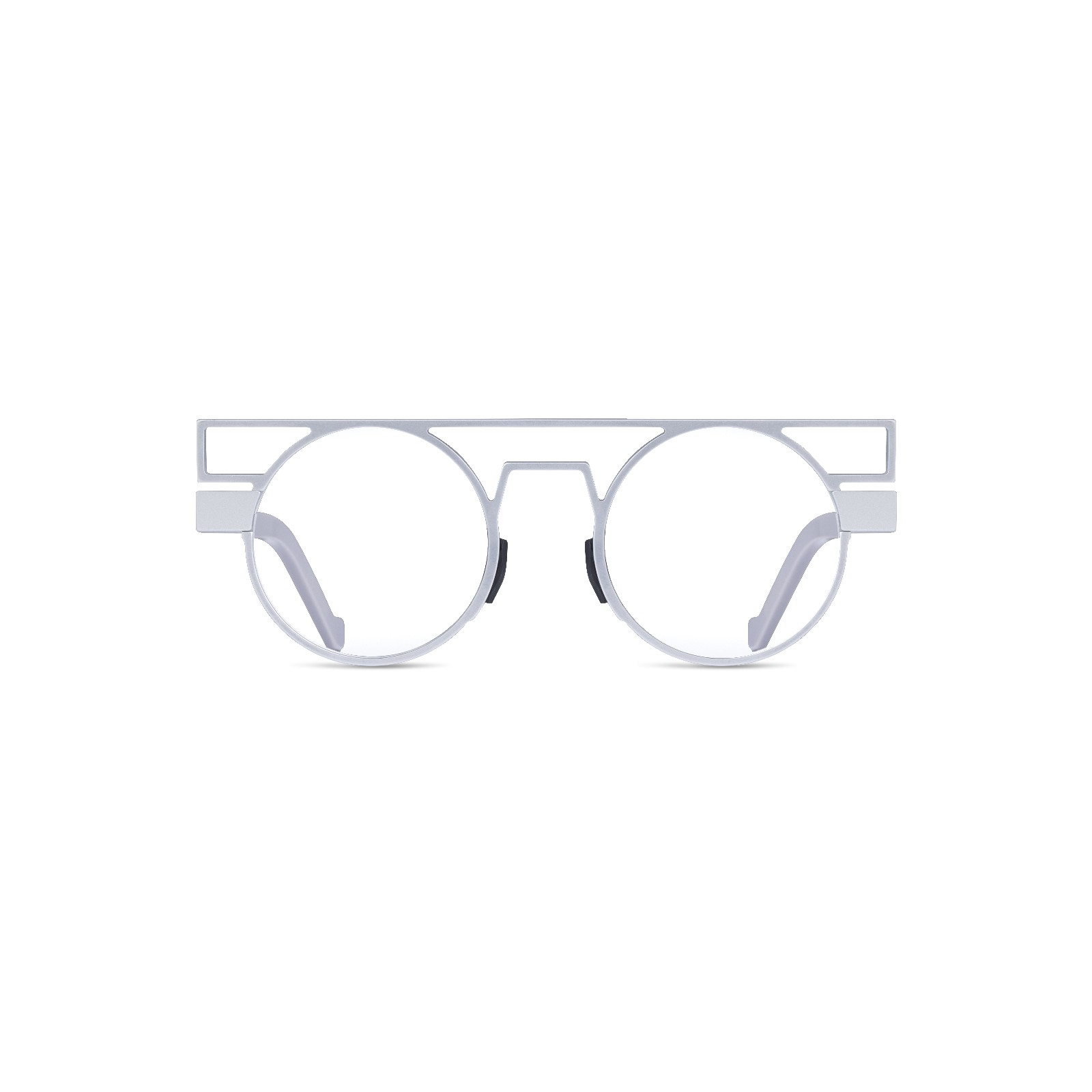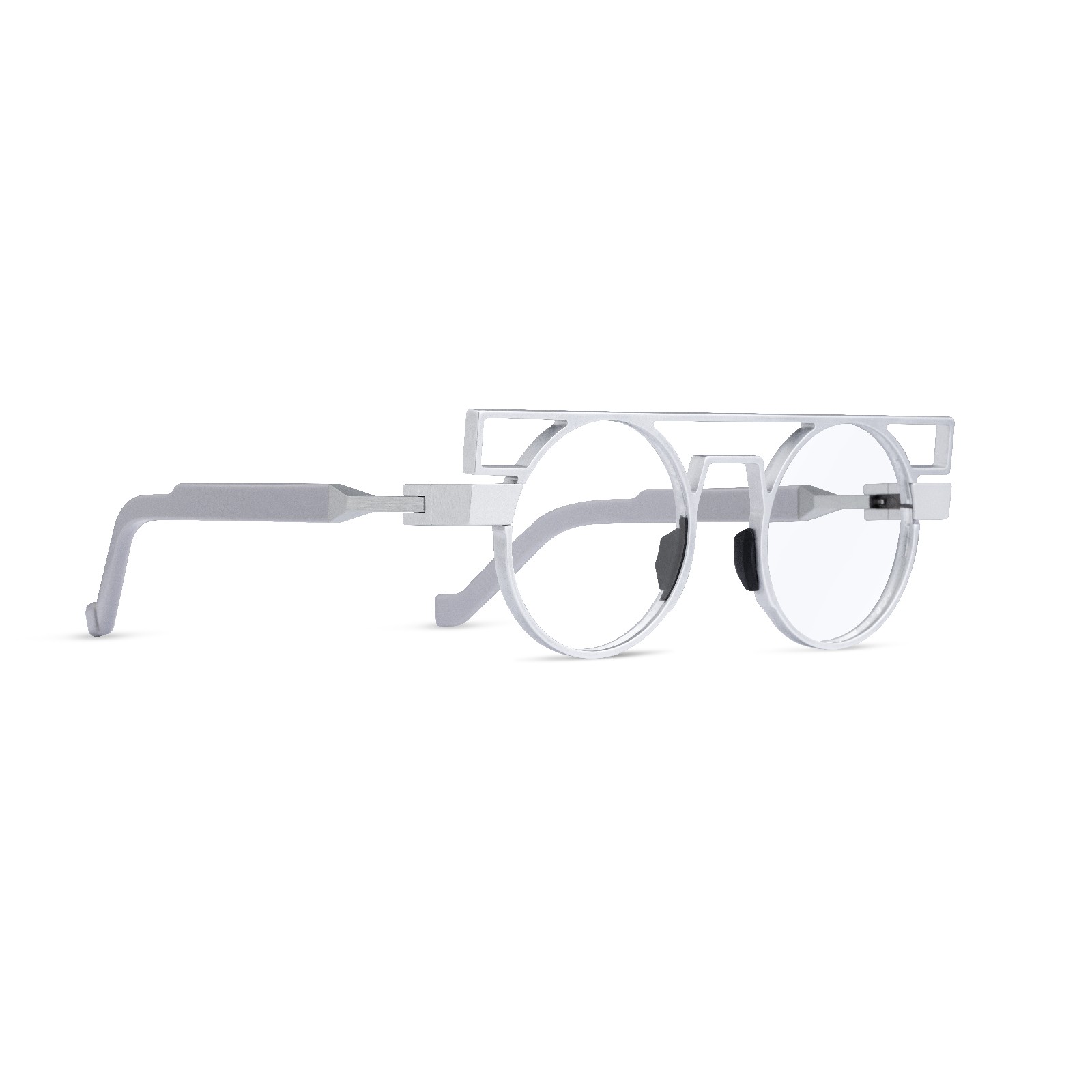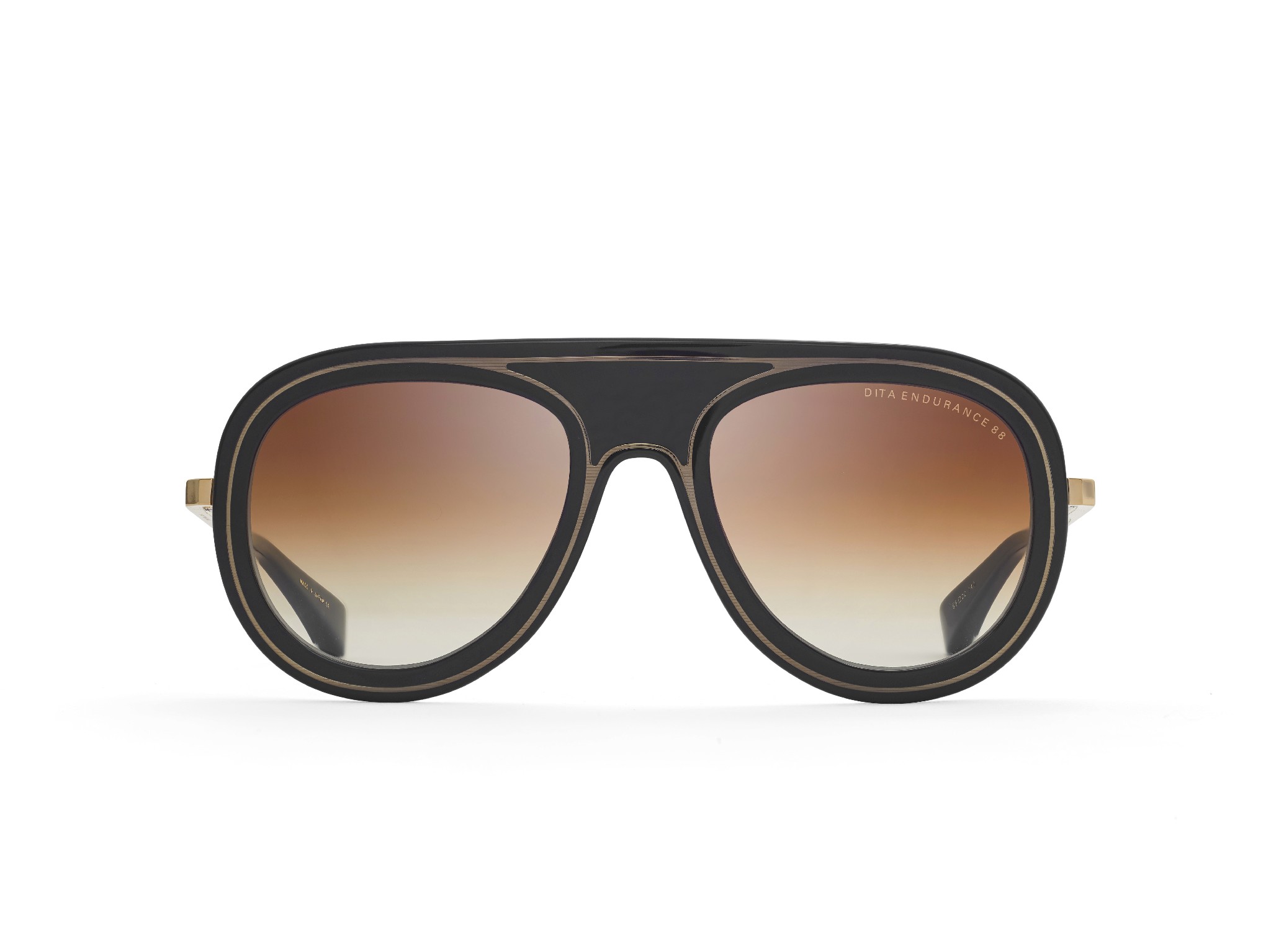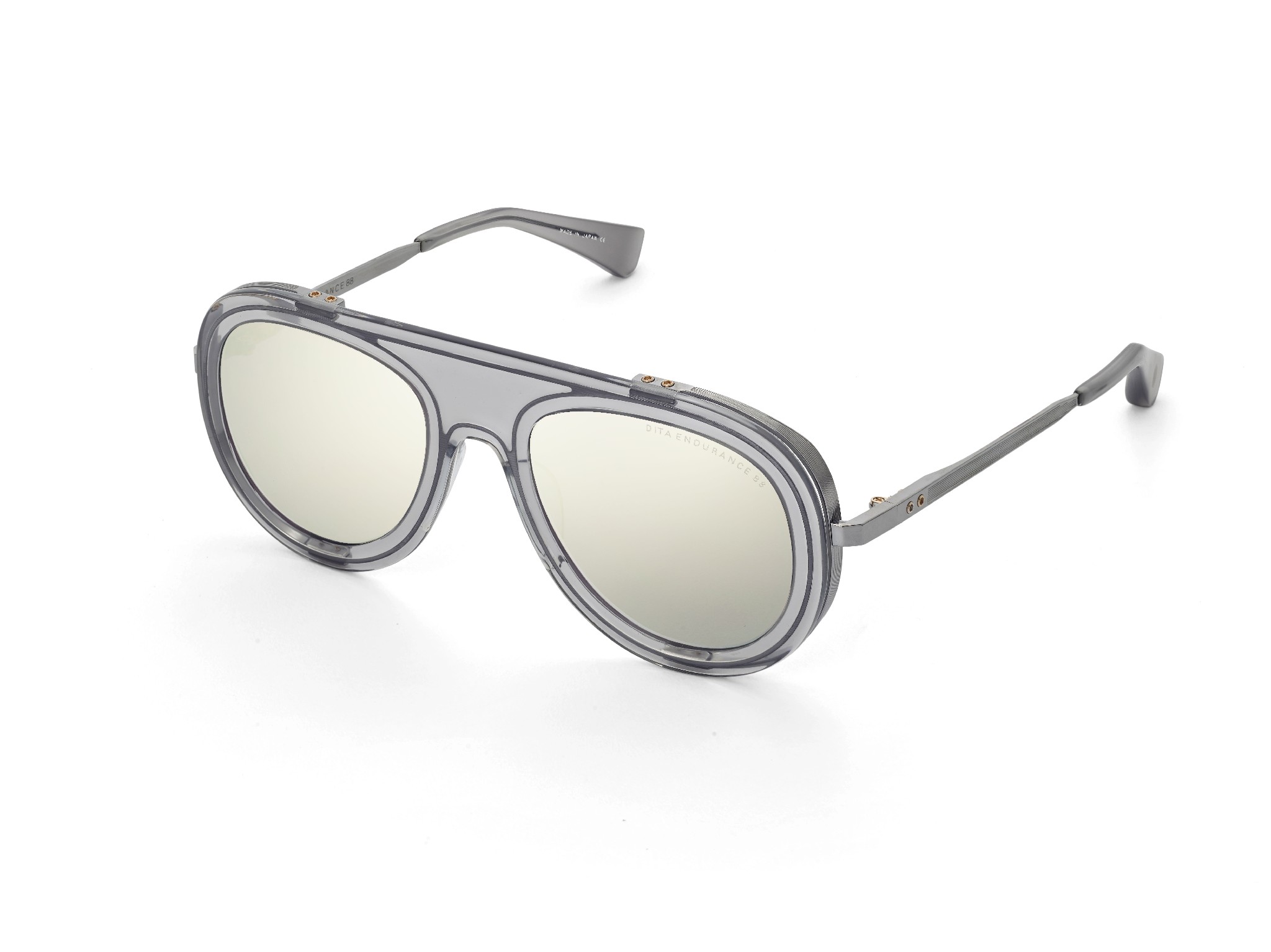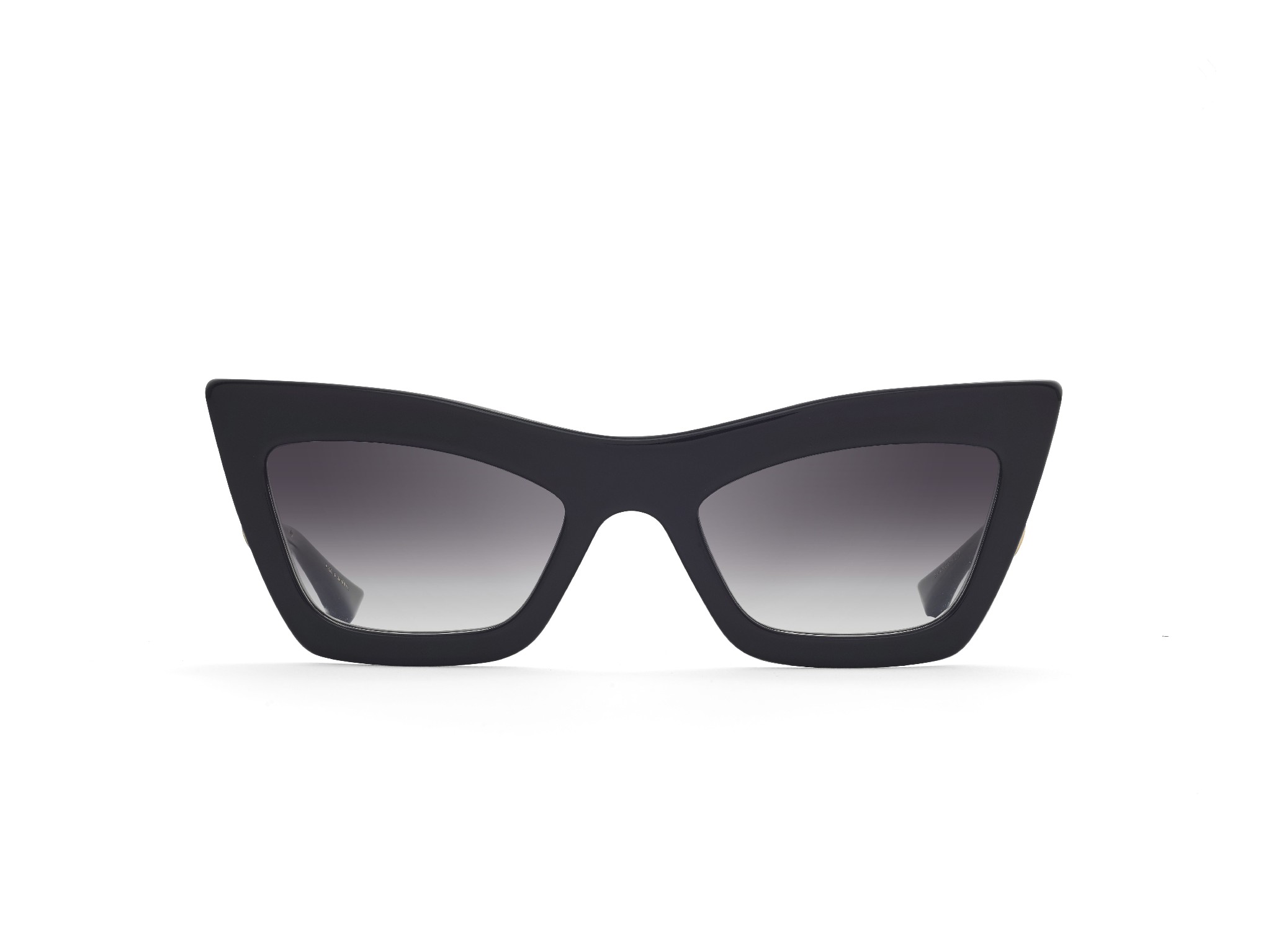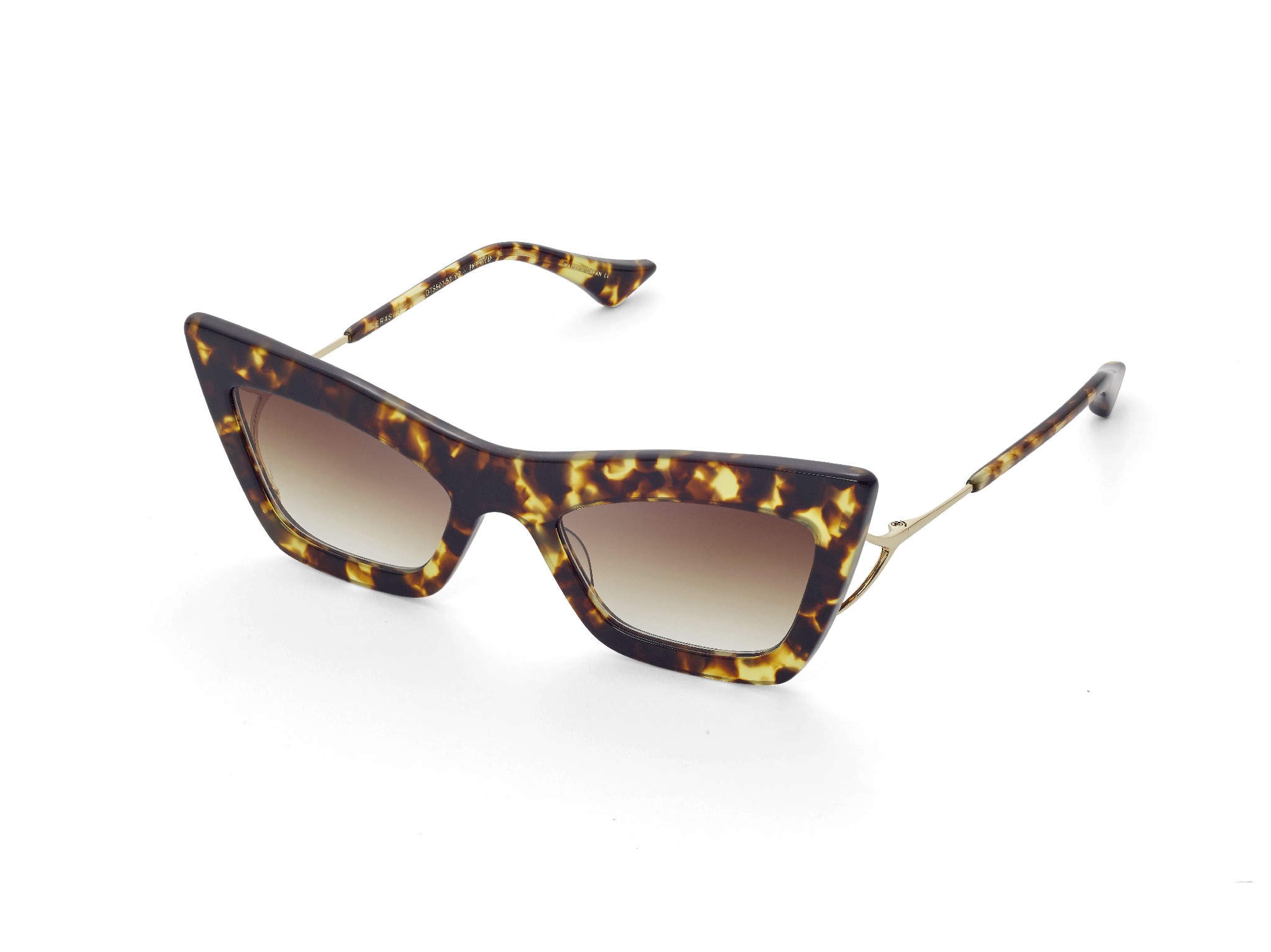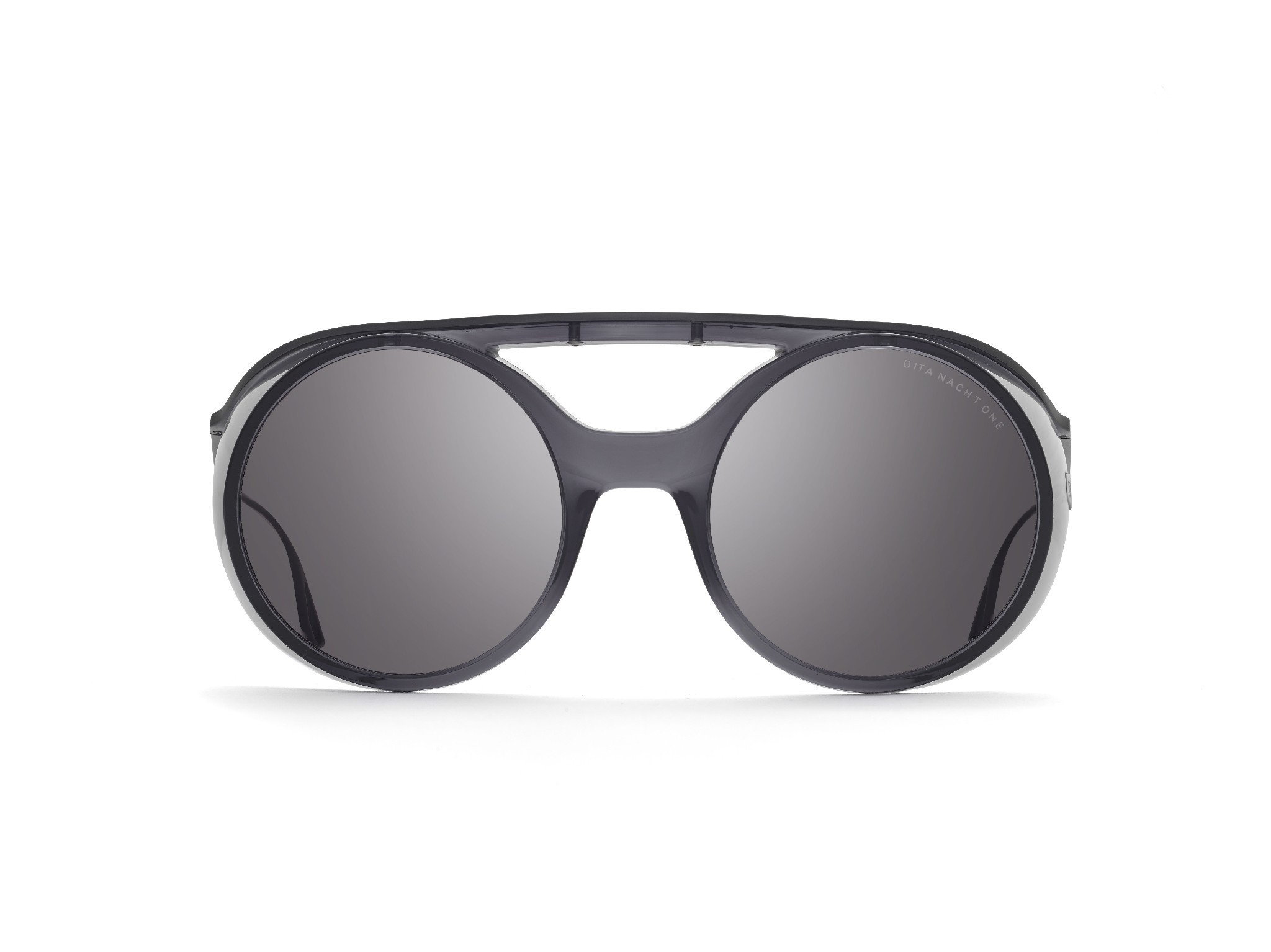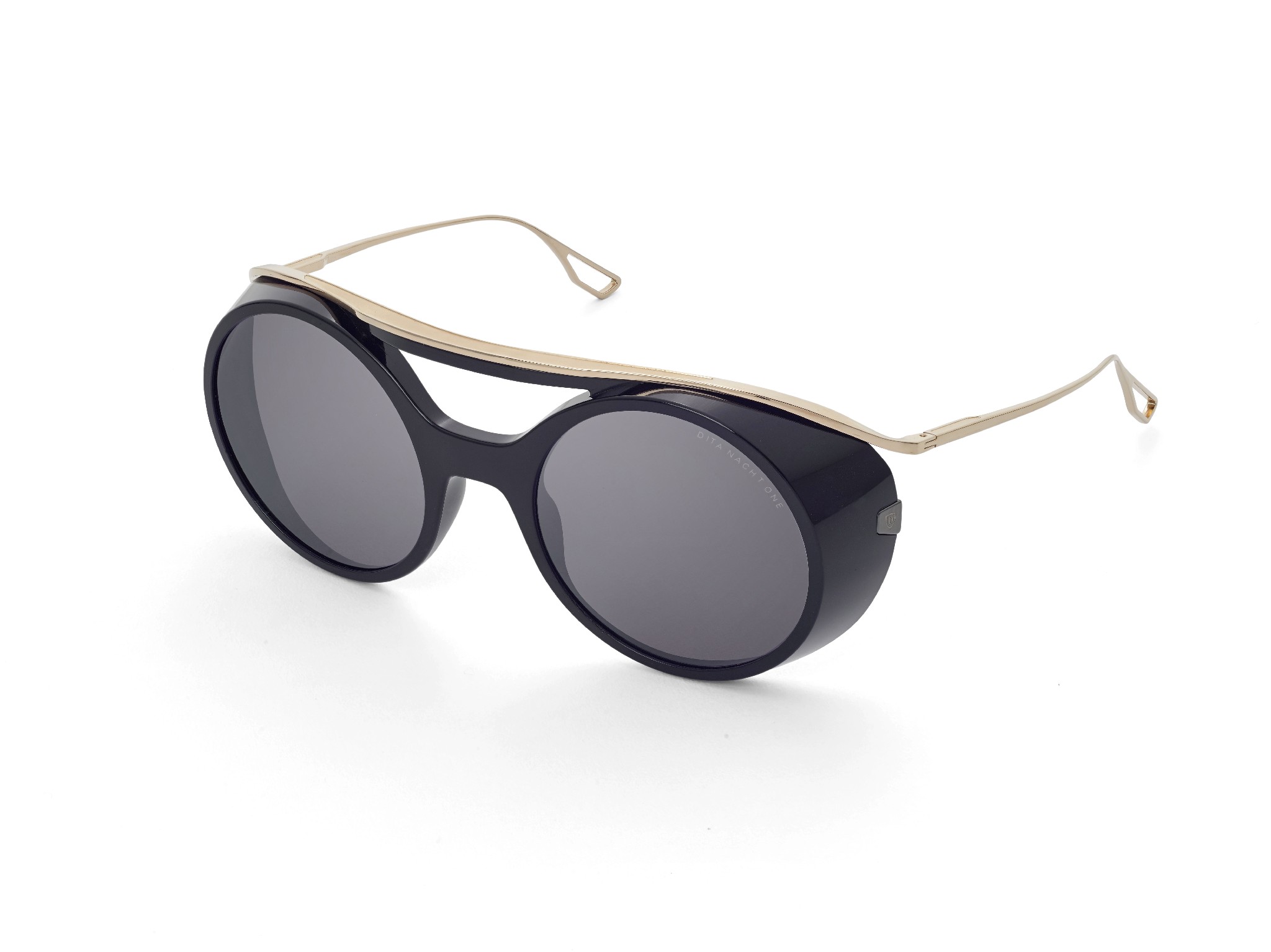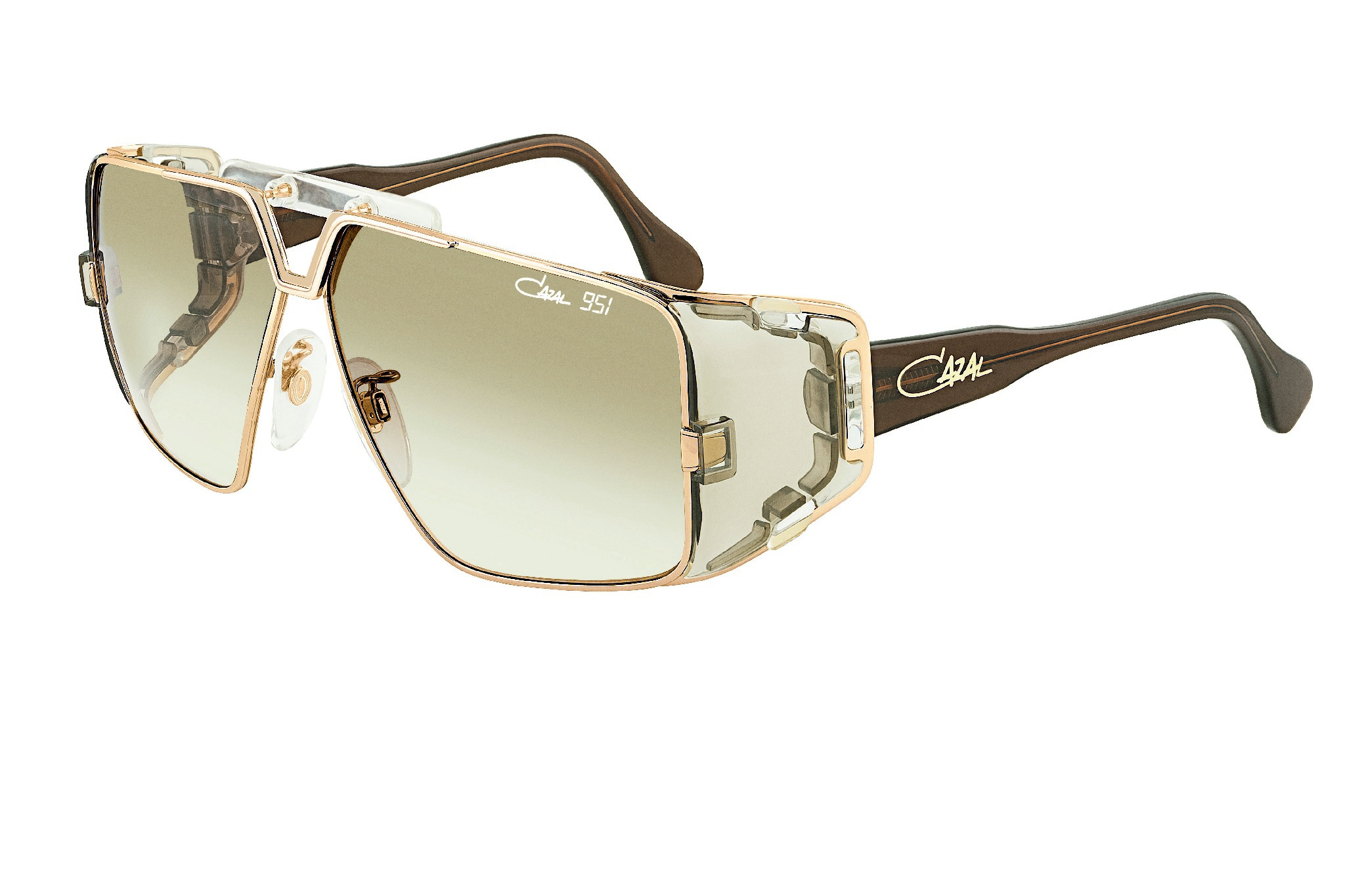Matsuda 2019 Campaign
Year after year, Matsuda never stops to amaze us with amazing new designs and product concepts, however this year, the Japanese brand elevatyed the concept of Campaign shoots and used, 1 of 3 cameras in the world that can capture infrared light.
The result? Impressive and unreal images of a hidden world that lies just in front of our eyesight.
Shamballa Eyewear
Shamballa Eyewear Press Release
Shamballa Eyewear is designed and produced by Larry Sands, who is “credited for creating the luxury eyewear market and making it the height of fashion” (World Press February 2009). Sands brought the fashion world widely known eyewear collections including Matsuda, Kieselstein Cord and Chrome Hearts. Shamballa Eyewear is a collection inspired by the ancient tradition of Yoga and Meditation. Shamballa Eyewear is known worldwide for its unique designs and use of luxury materials.
The Star of Shamballa is a declaration of premium quality and craftsmanship. The collection aspires to encourage the possibility of connection to our inner compassion and wisdom. Shamballa Eyewear brings glamour back to the luxury eyewear market. The collection is inspired by early designers, Elsa Schiaparelli and Dora Demel. Unlike most sunglass collections, Shamballa Eyewear frames are designed to be unique iconic classics, straying away from the seasonal trends.
We want our frames to have a long life span for our customers, not just a trend. The body of the frame is produced in Japan. The leather trim is exotic leather. The sun lenses are Zeiss and provide 100% UV protection. The collection includes an assortment of Men and Women’s frames including Ophthalmic and Sunglass styles starting at $795. The collection is praised by the luxury fashion world, including Karl Lagerfeld, who wears both the Evil Eye and the limited edition Big Love with White Diamonds.
VAVA – Siza Vieira
Collaboration with Architect Álvaro Siza Vieira
As glasses are a rigid object, they need to fit perfectly to the face and become a mechanical part of the body.
The collaboration with Álvaro Siza Vieira, a leading figure in contemporary architecture, is the result of the undeniable connection between VAVA
and the work of Siza Vieira, creator of many iconic buildings from the last 50 years.
This partnership is reflected in a “capsule collection” of limited/numbered edition eyewear and another collection of continuous production.
This is a fact that deserves to be celebrated, as Siza Vieira was awarded the Pritzker Architecture Prize in 1992.
VAVA – Portuguese Eyewear Brand
VAVA glasses have a sophisticated, contemporary, and urban look. They are subtly futuristic, conceptual, and timeless.
VAVA’s motto is to offer a high-quality product that encompasses the experience, knowledge, and artistry of the great Italian masters
of handcrafted eyewear. This knowledge is being lost in a time when handmade production is flourishing, yet dominated by the use of low-quality materials.
This approach, combined with the use of the highest quality materials, makes VAVA unique.
The collection will be available at André Opticas from January 2019.
Kuboraum Emiliano Maggi x DSML Frieze Open House

KUBORAUM EMILIANO MAGGI x DSML FRIEZE OPEN HOUSE
As part of Dover Street Market London’s Open House held in celebration of the Frieze Art Fair, Kuboraum unveiled a site-specific display installation together with artist Emiliano Maggi, consisting of an ecstatic ceremonial ballet of anthropo-morphic miniature glazed ceramic creatures and EyeCouture pieces, everything in a ritualistic conversation with the Kuboraum masks.
The Kuboraum Emiliano Maggi cabinets display installation at Dover Street Market London is showcased in their basement until the end of next week. If by any chance you´re in town go check it out! We are sure it´s worth it!
New DITA 2018 have landed in Lisbon
A nova colecção DITA para 2018 já está disponível nas nossas boutiques,
venha conhecer uma das mais especiais e detalhadas colecções feita pelos melhores artesãos japoneses.
Uma colecção que evoca o mood americano combinada com a sofisticação da european atittude.

